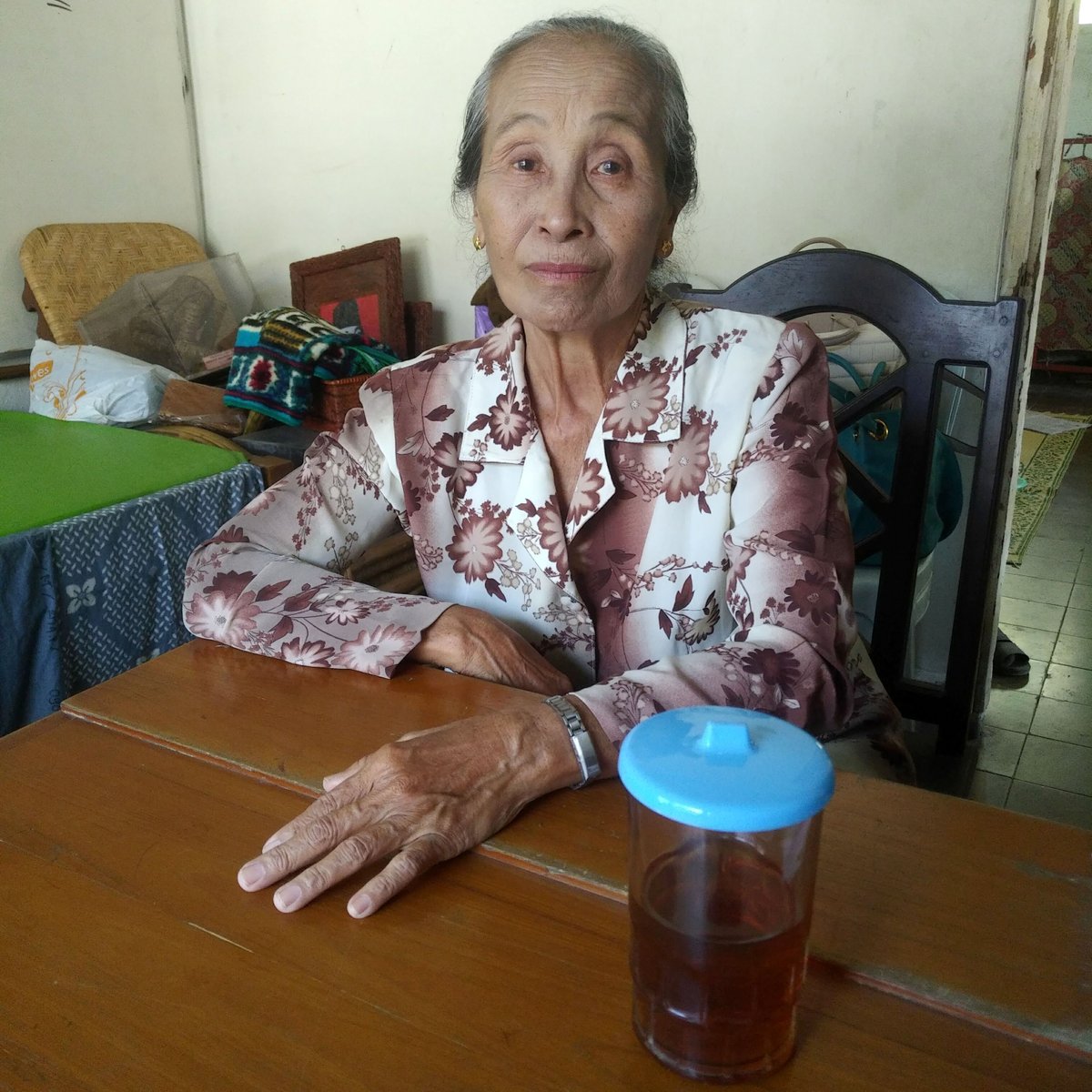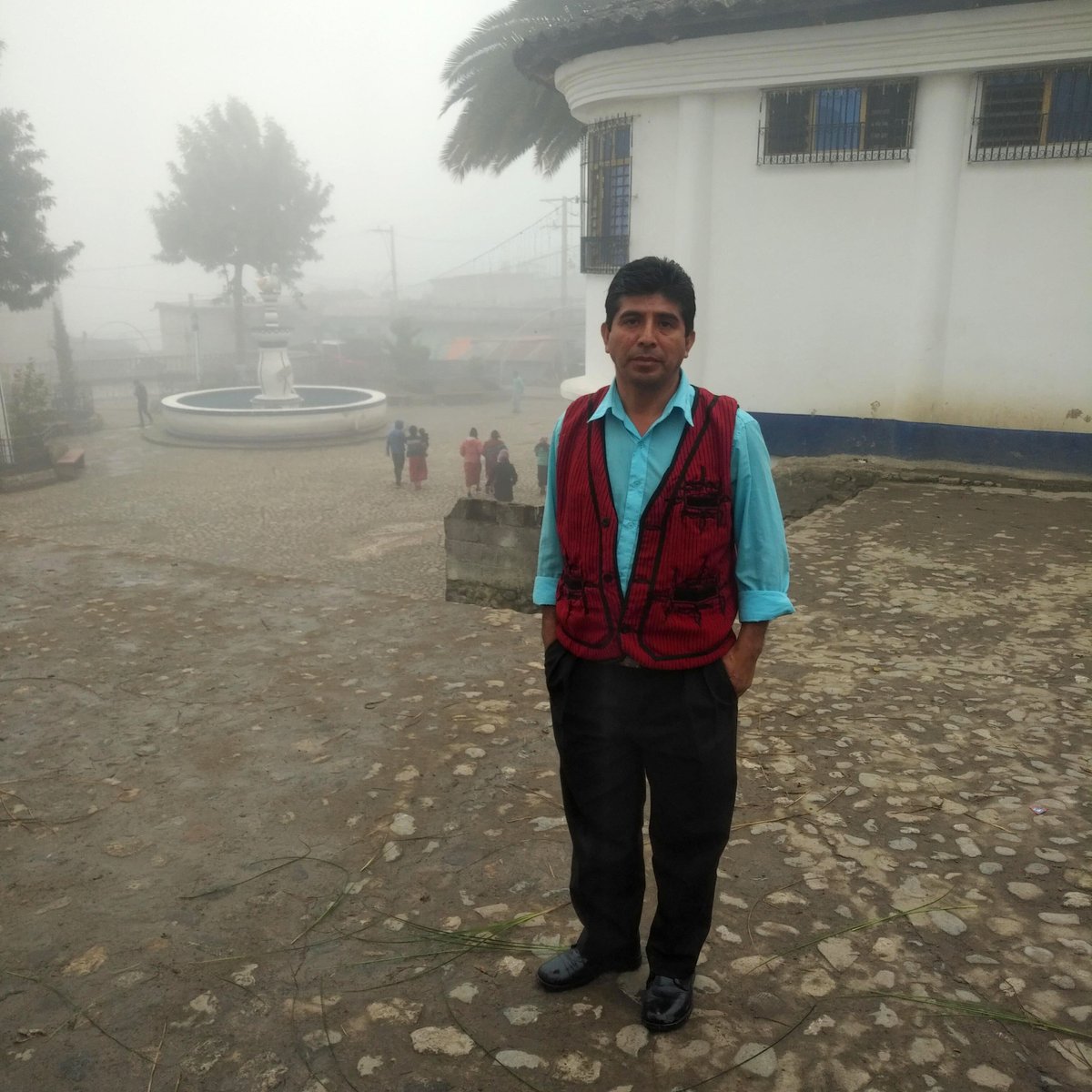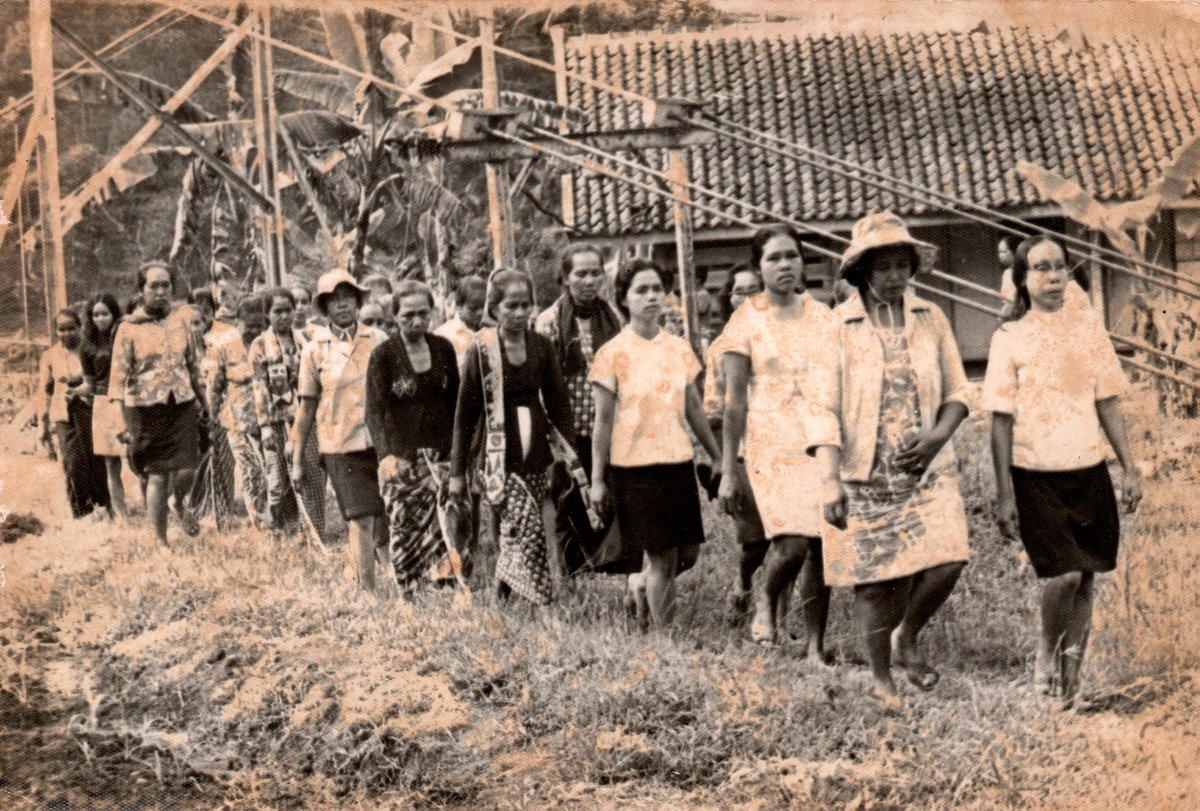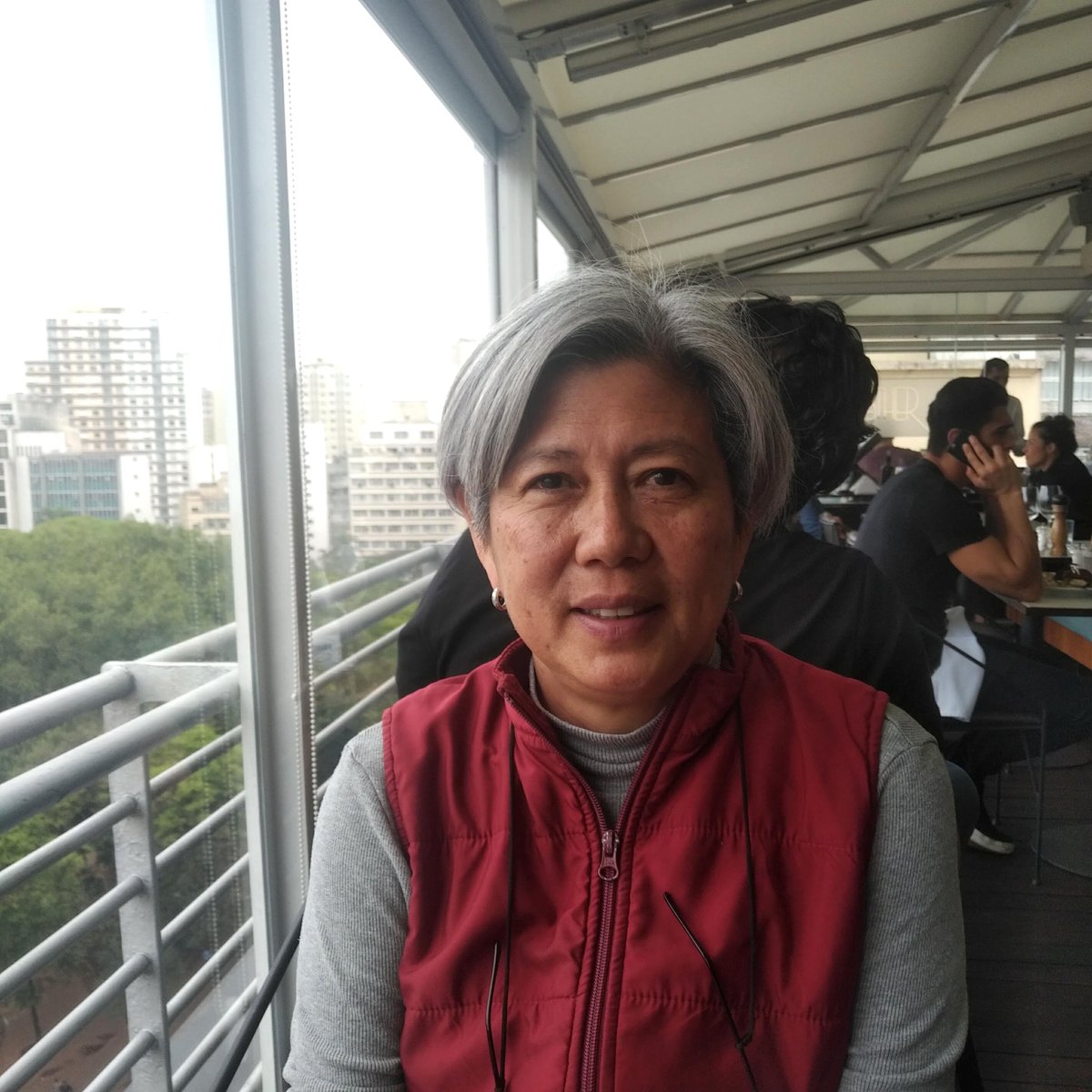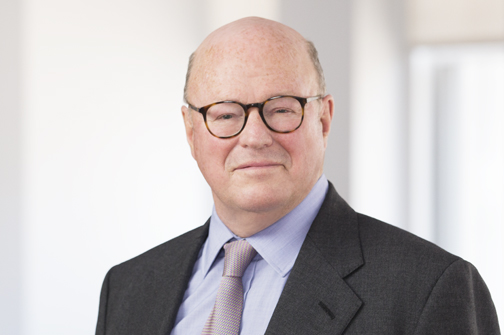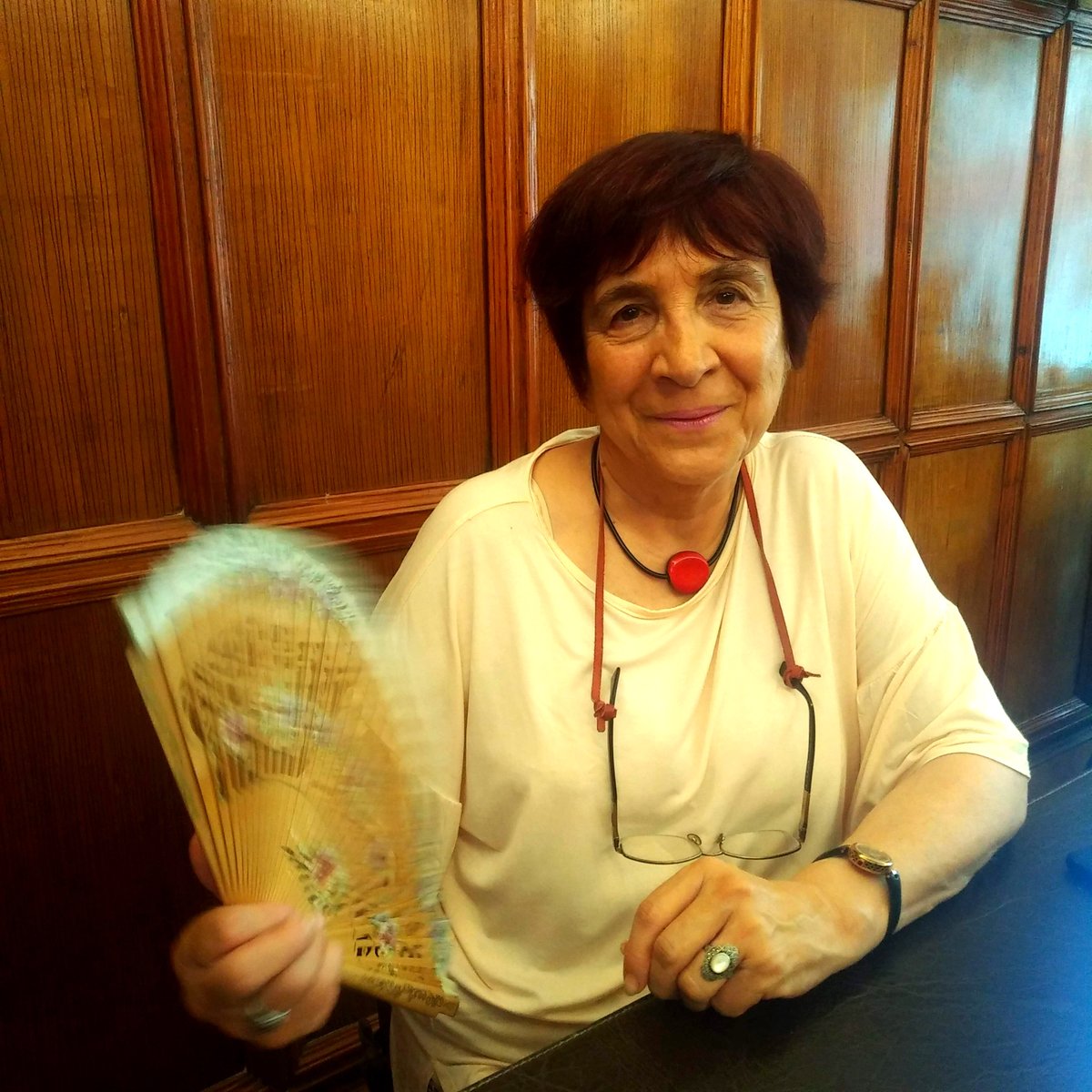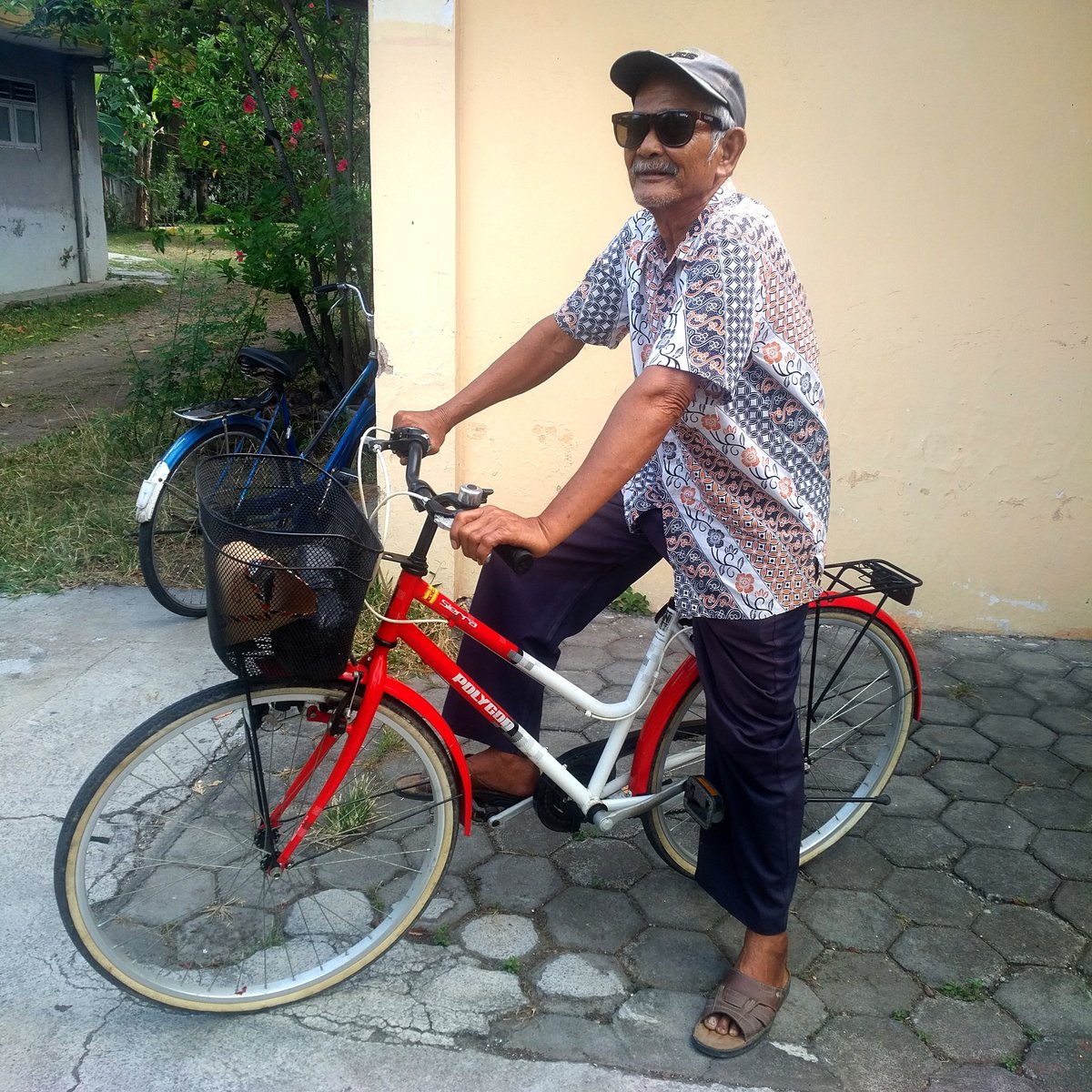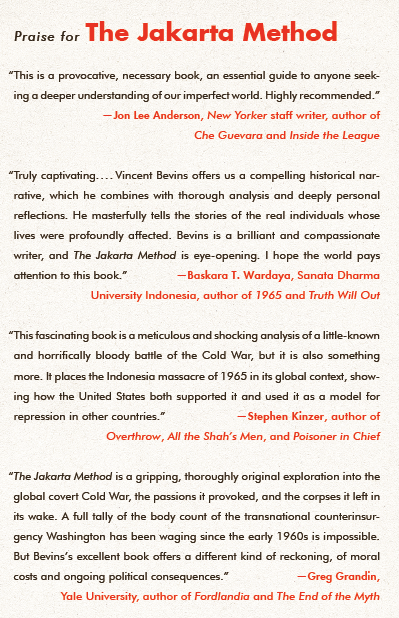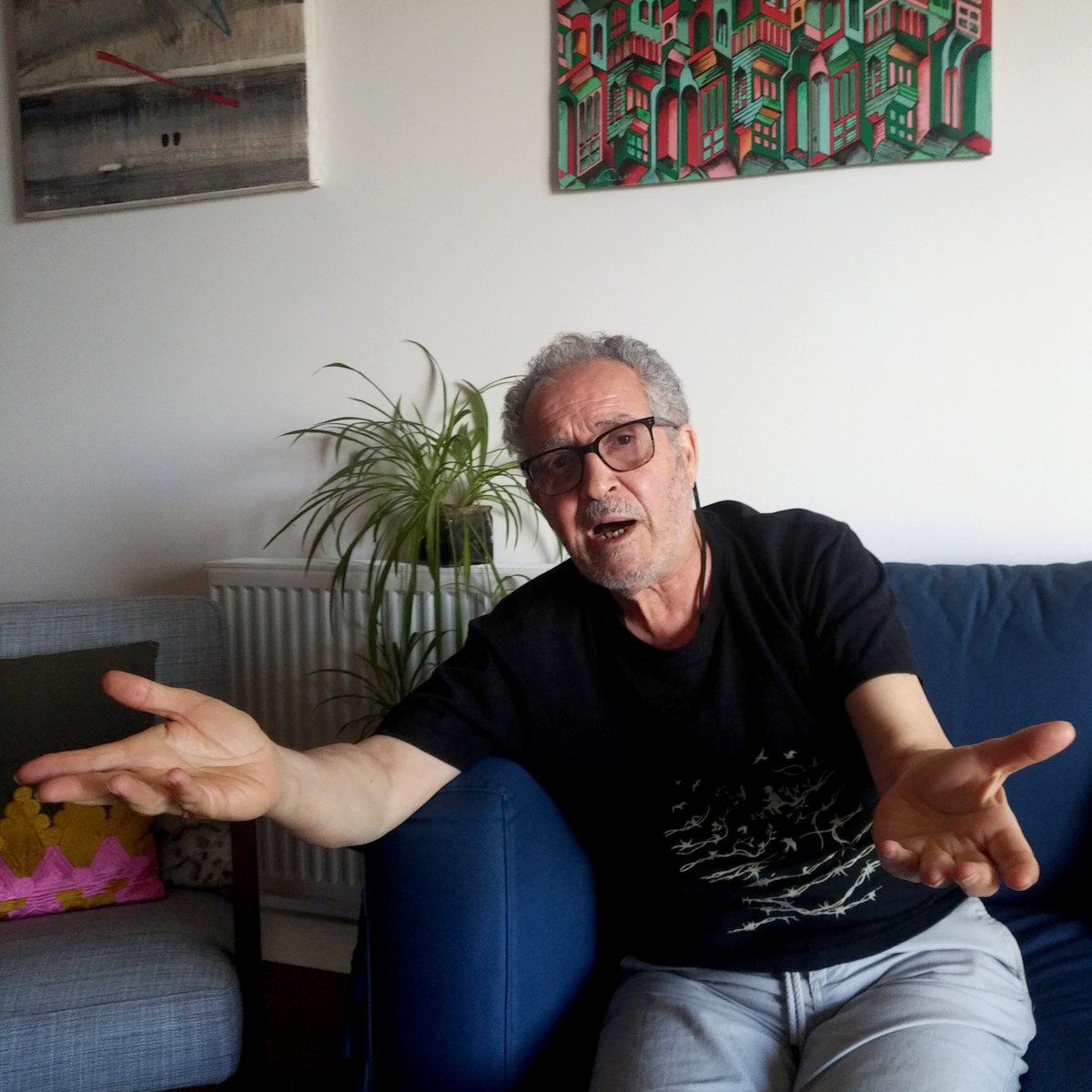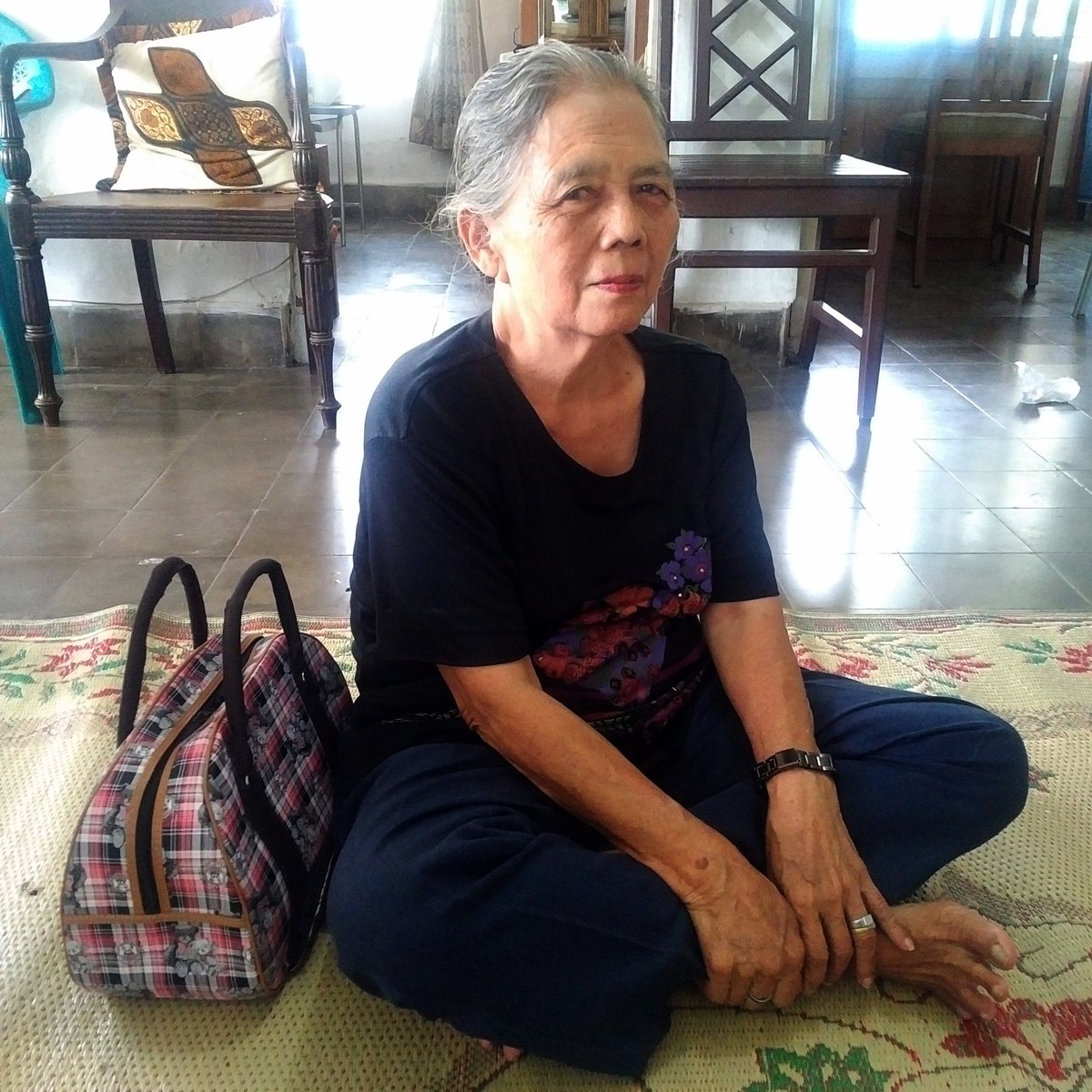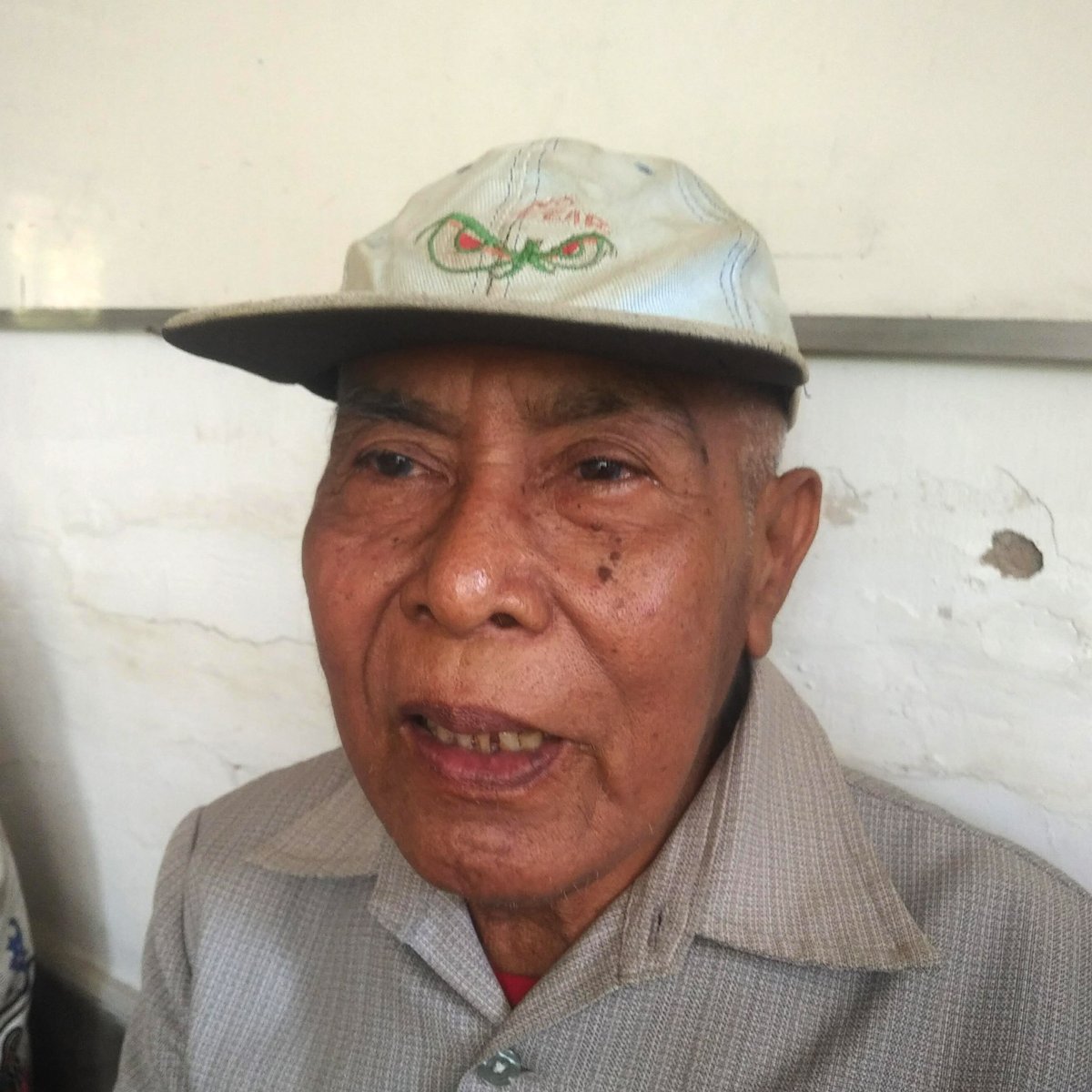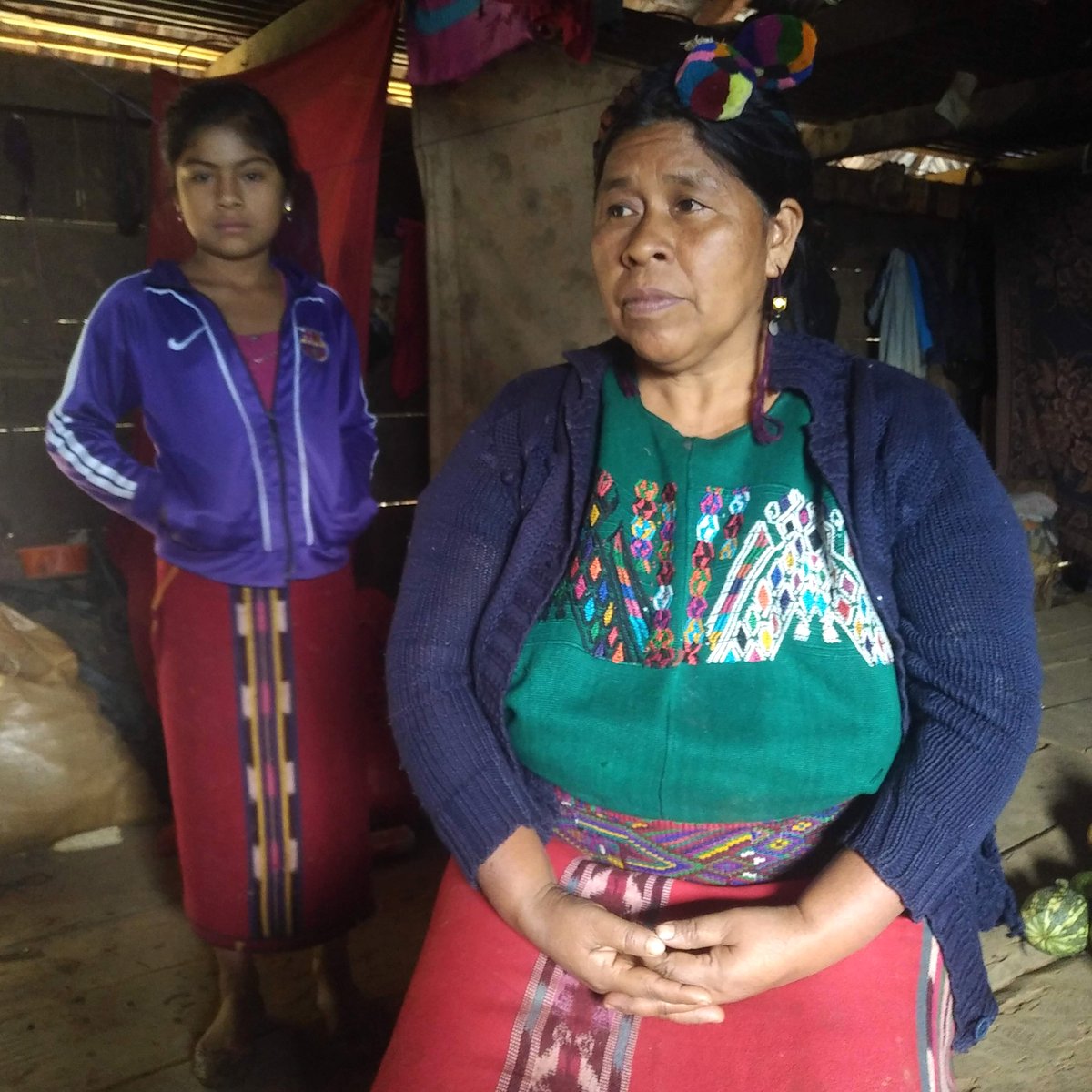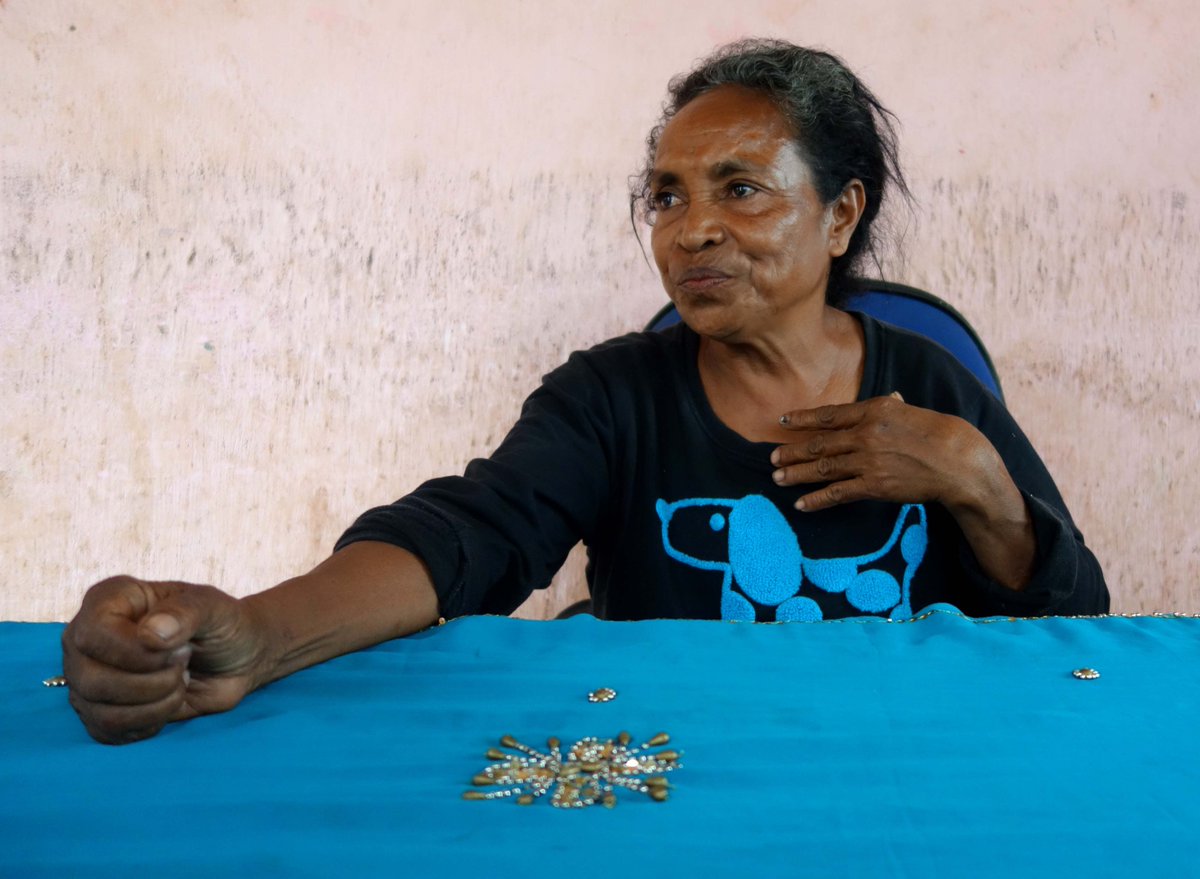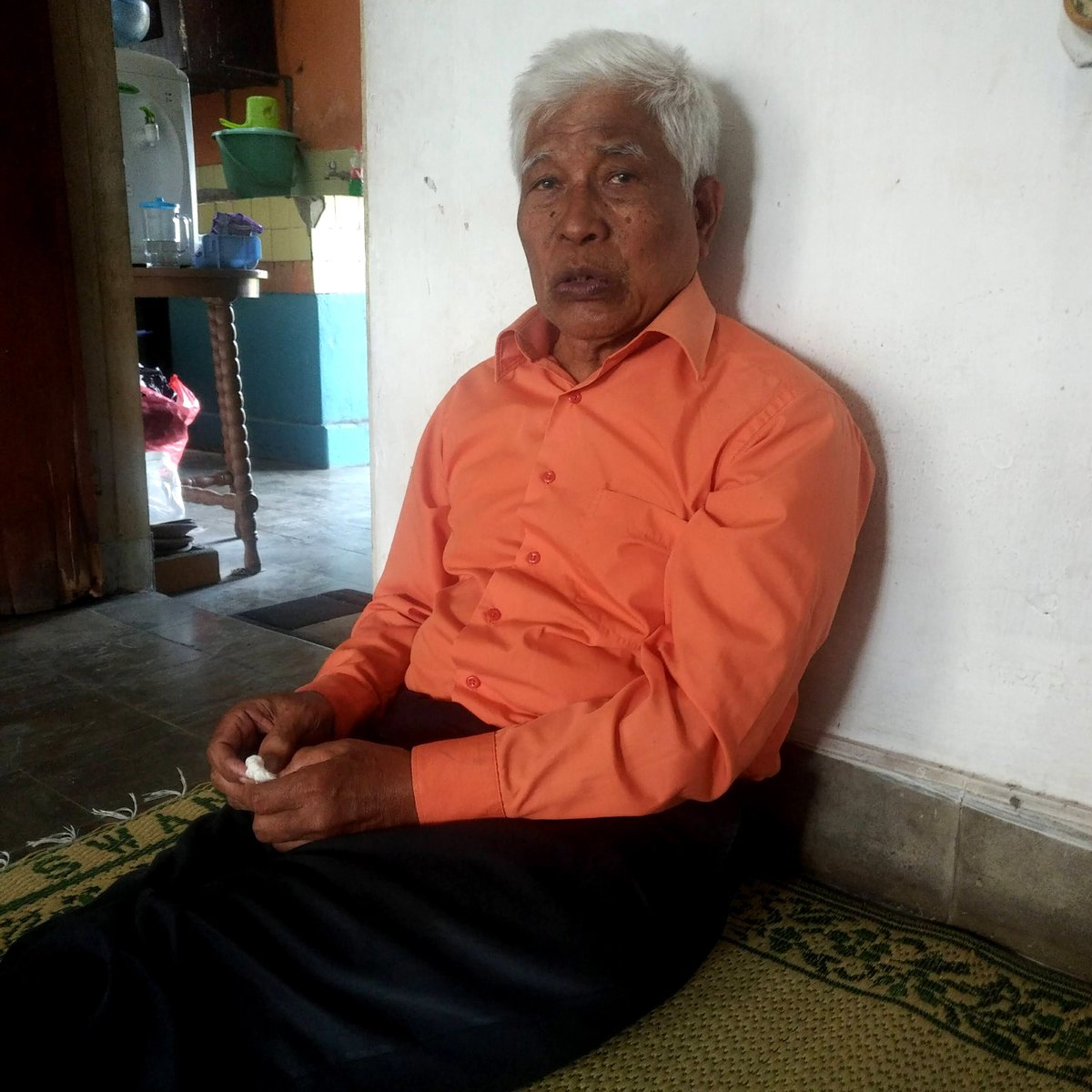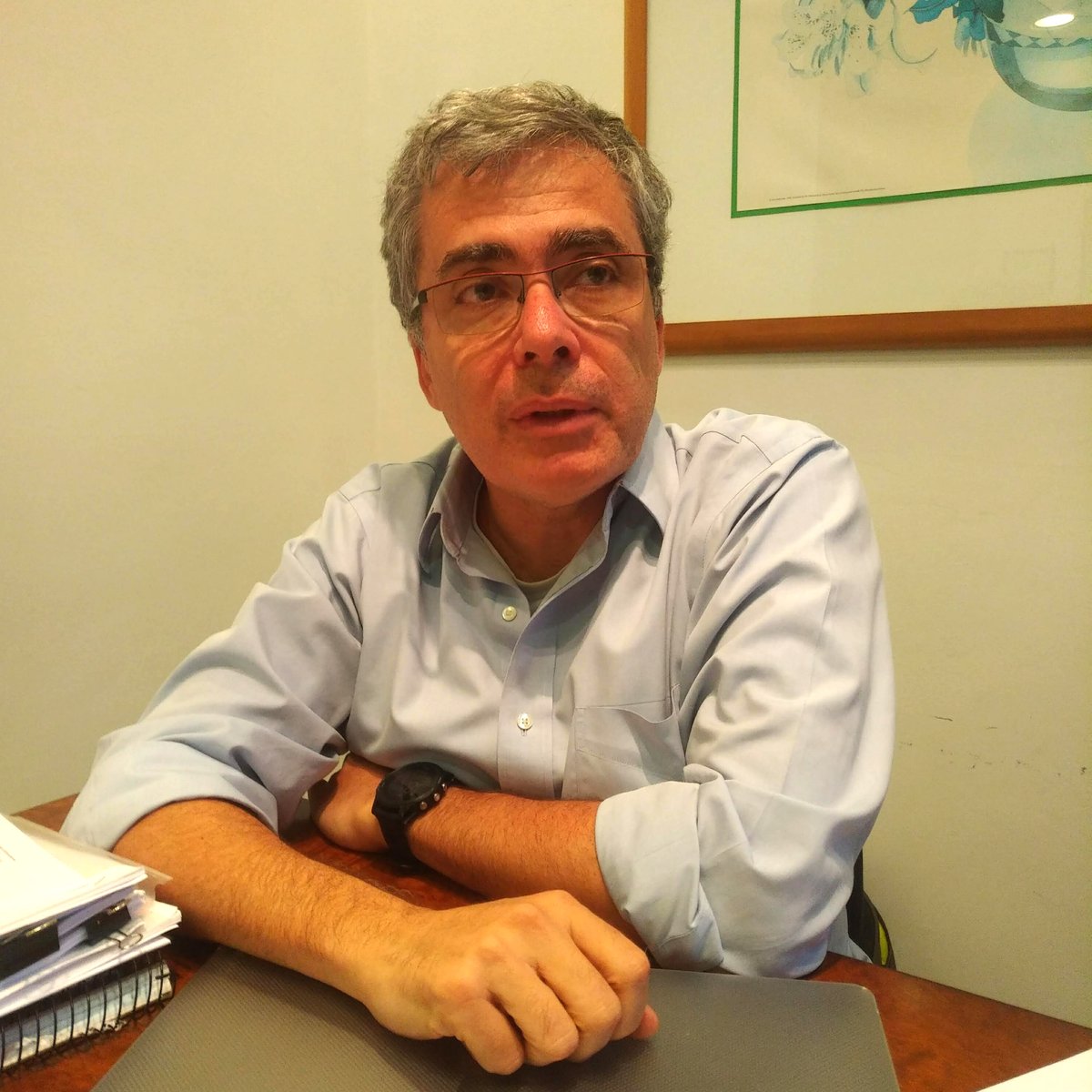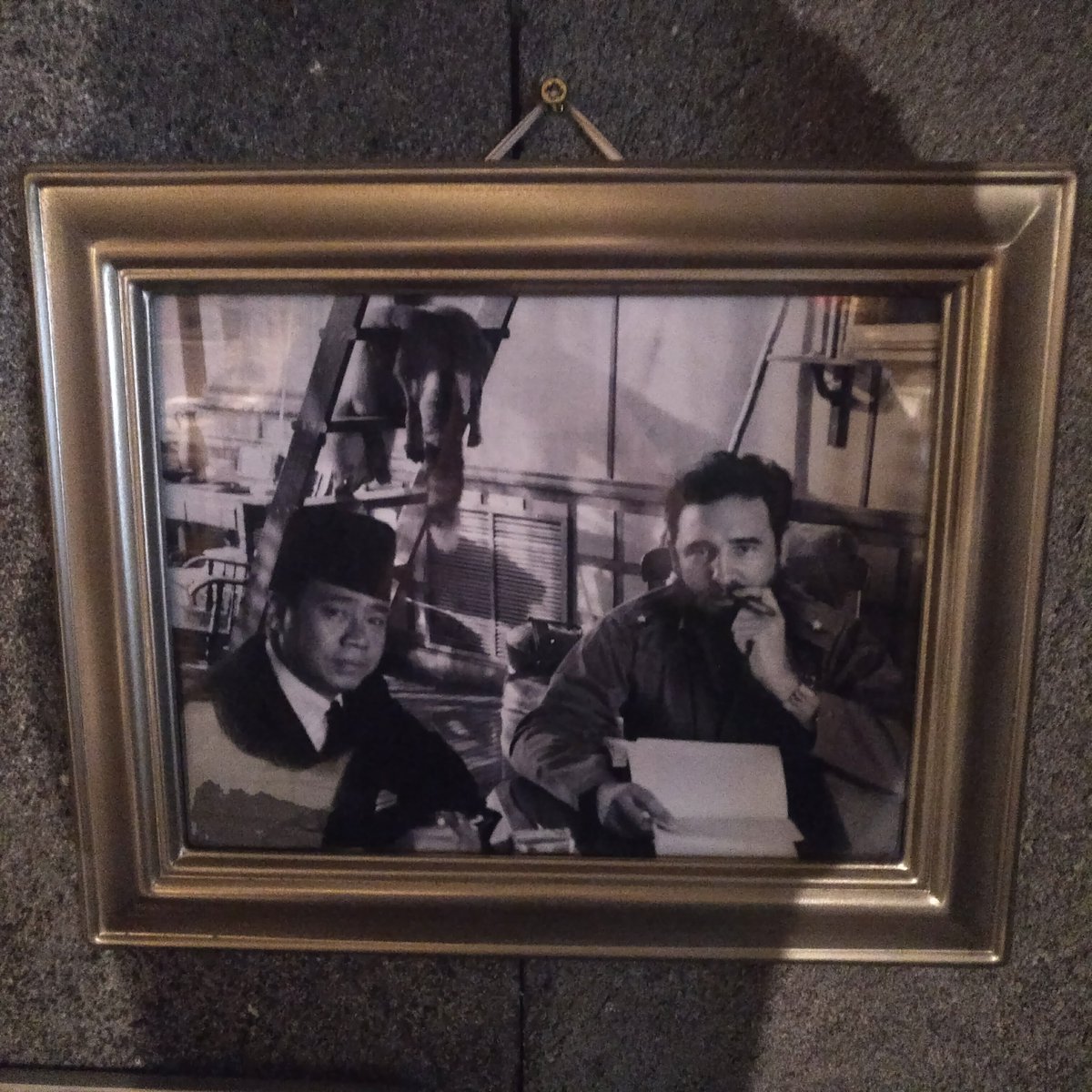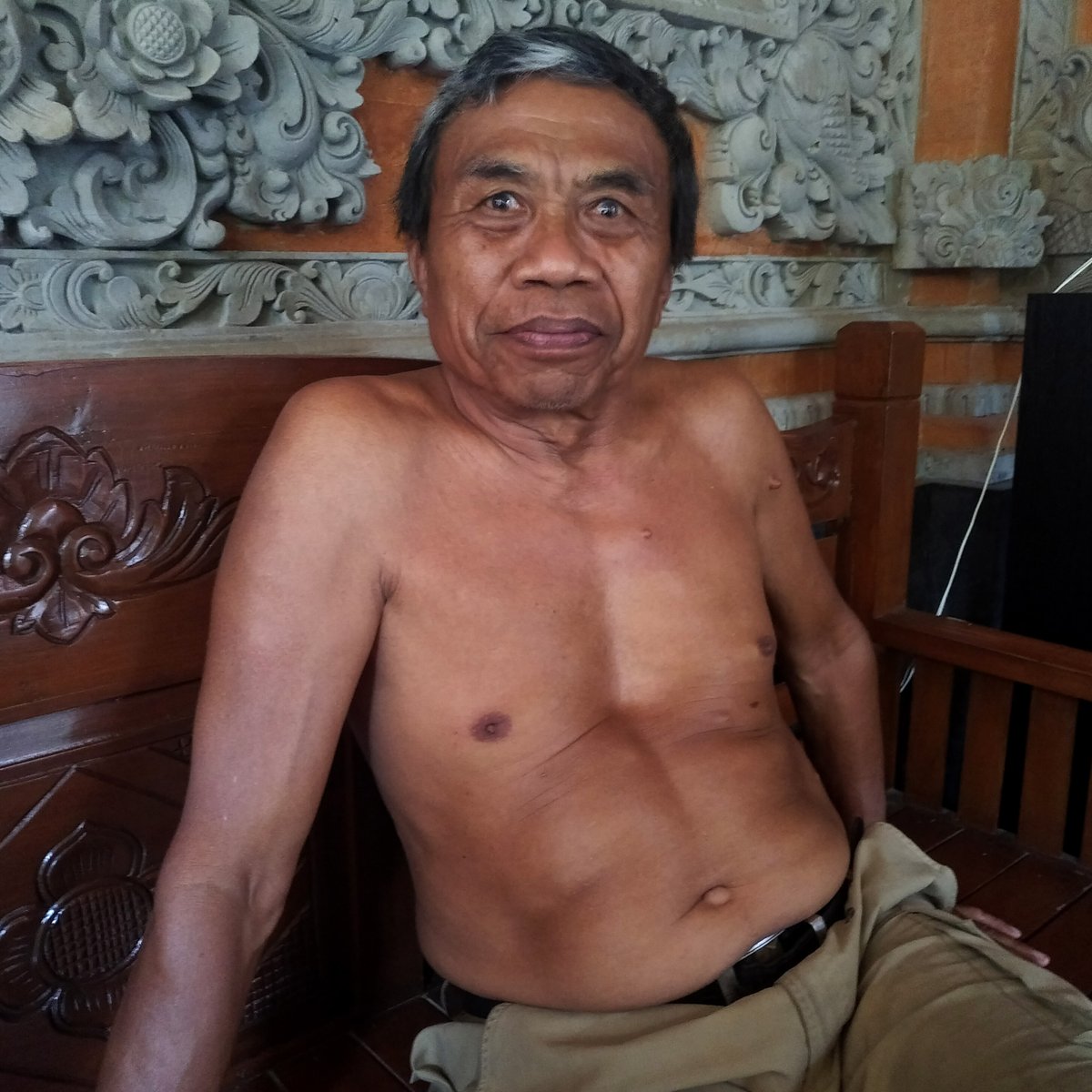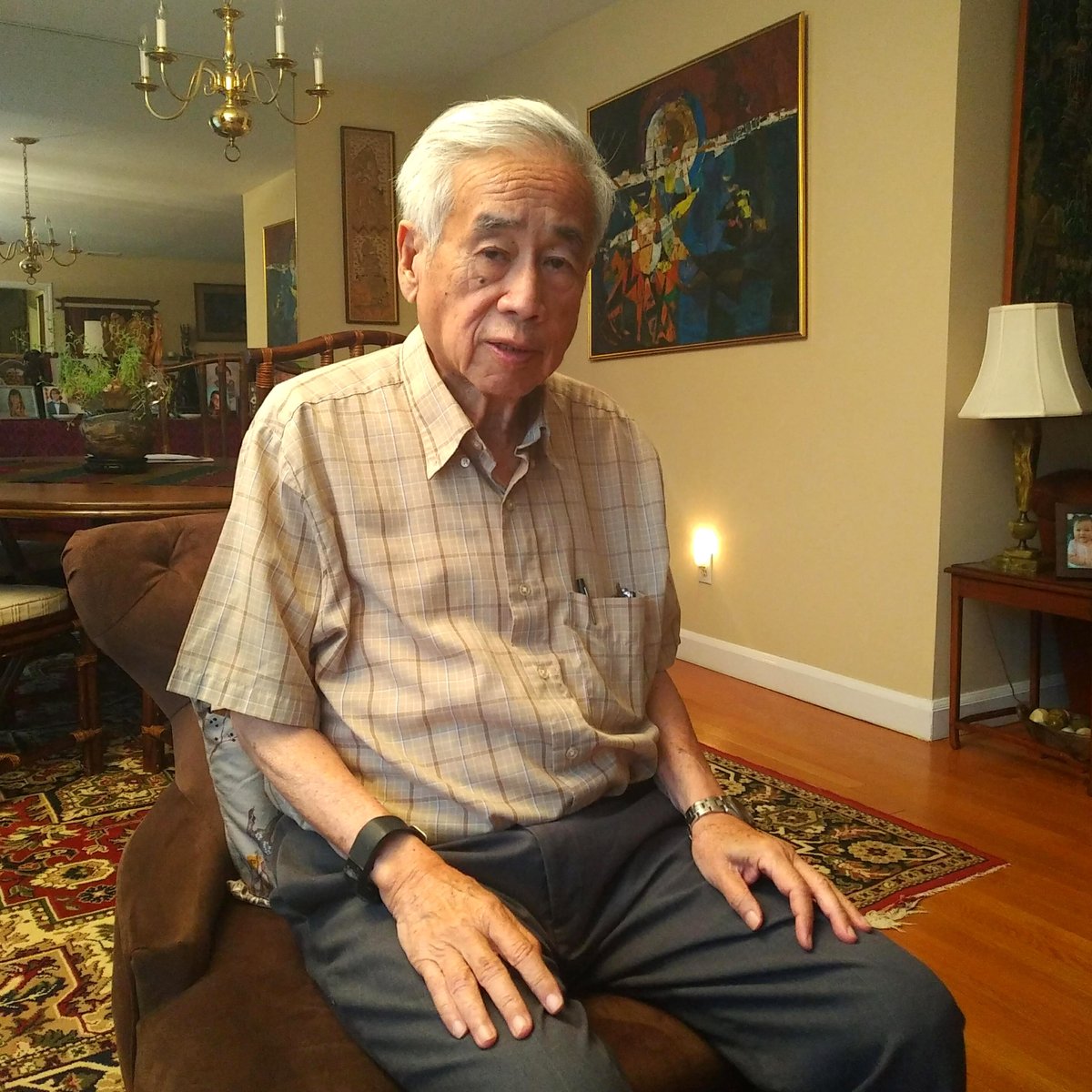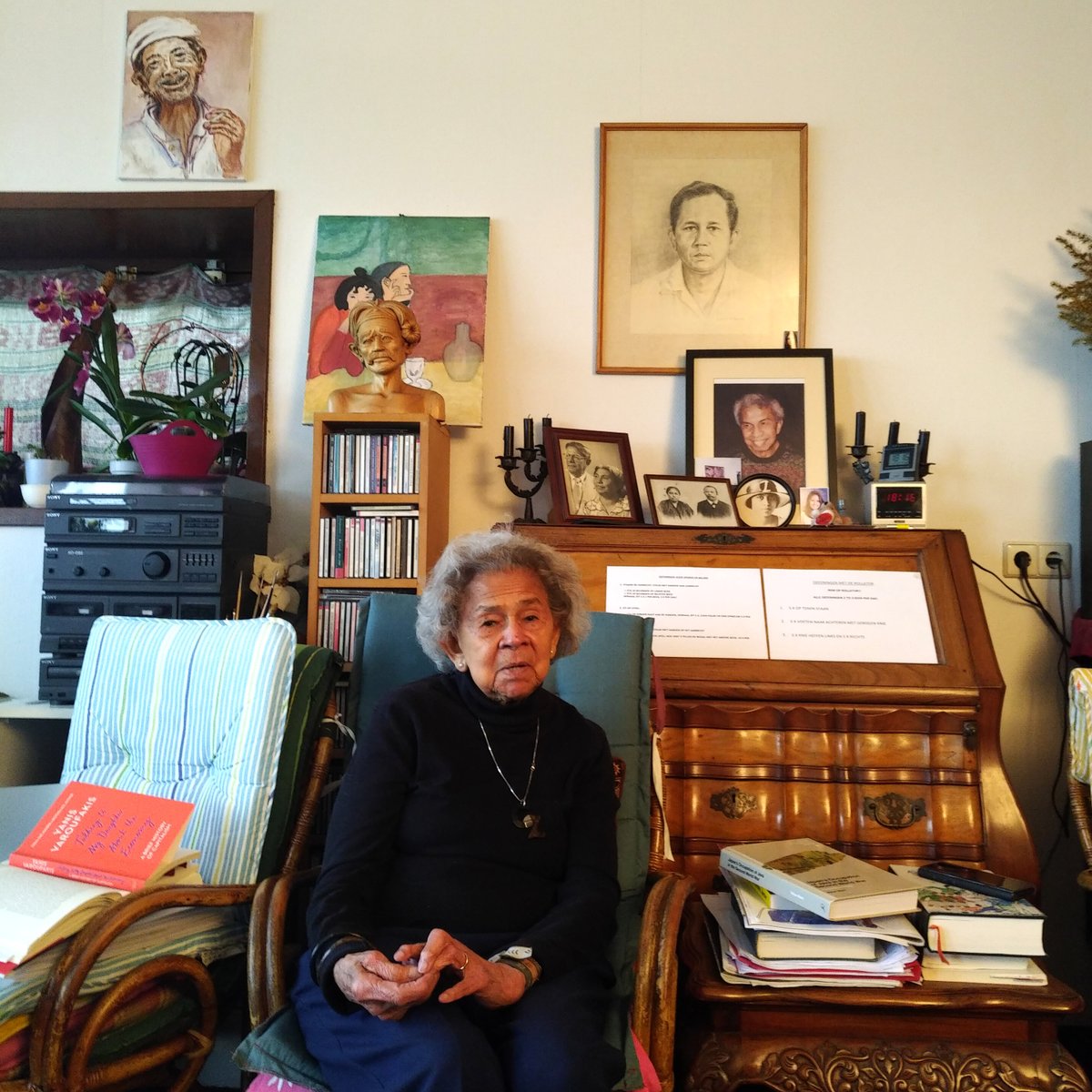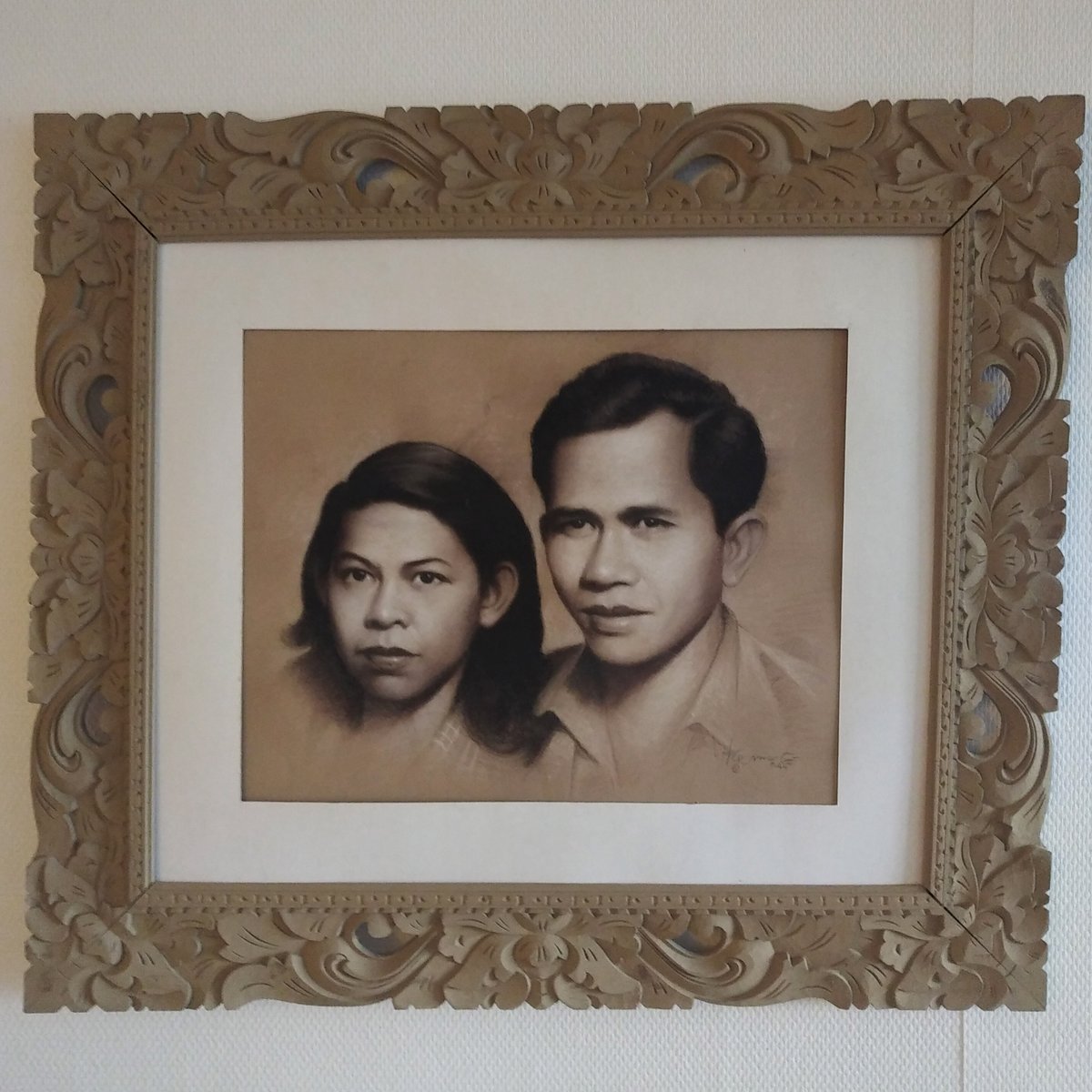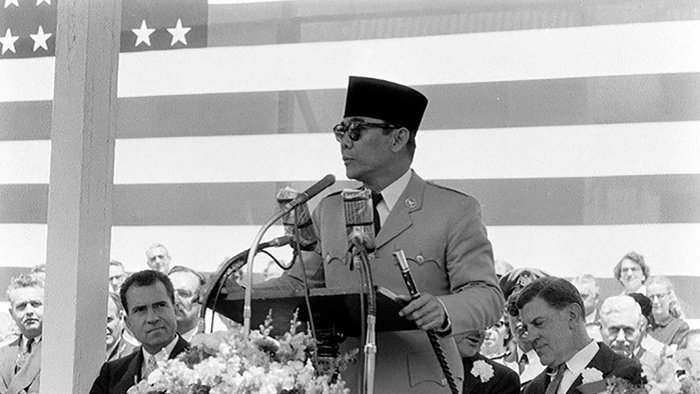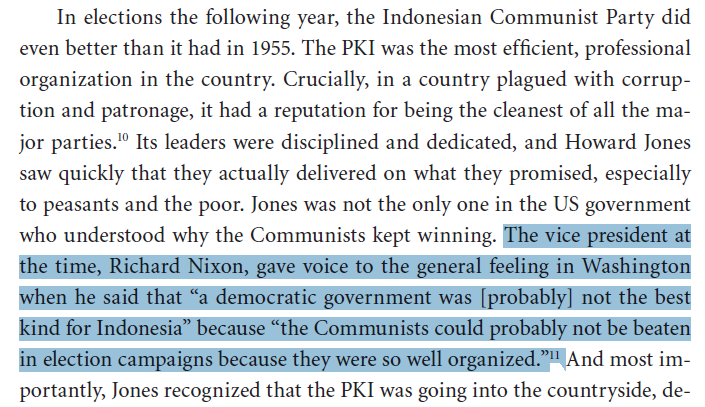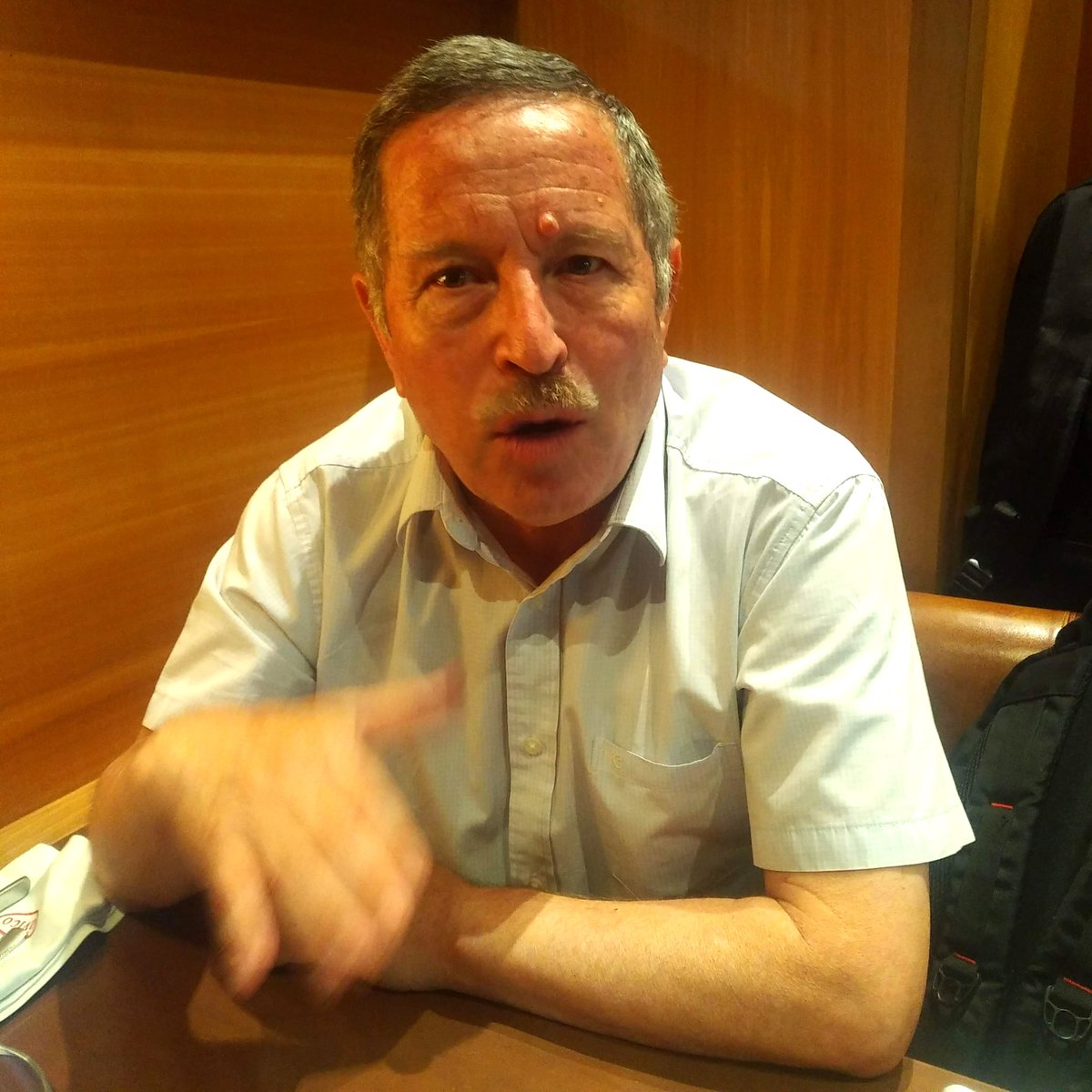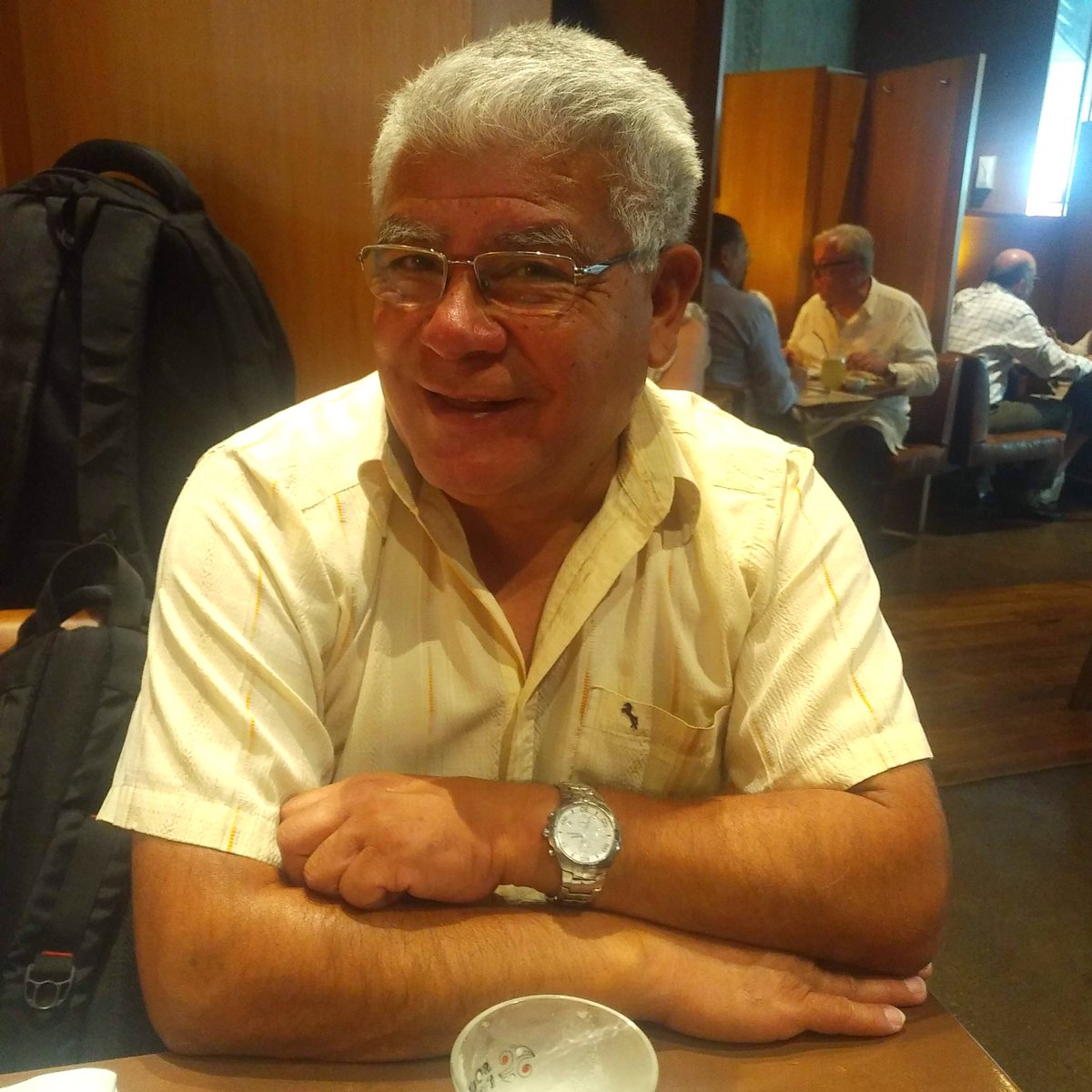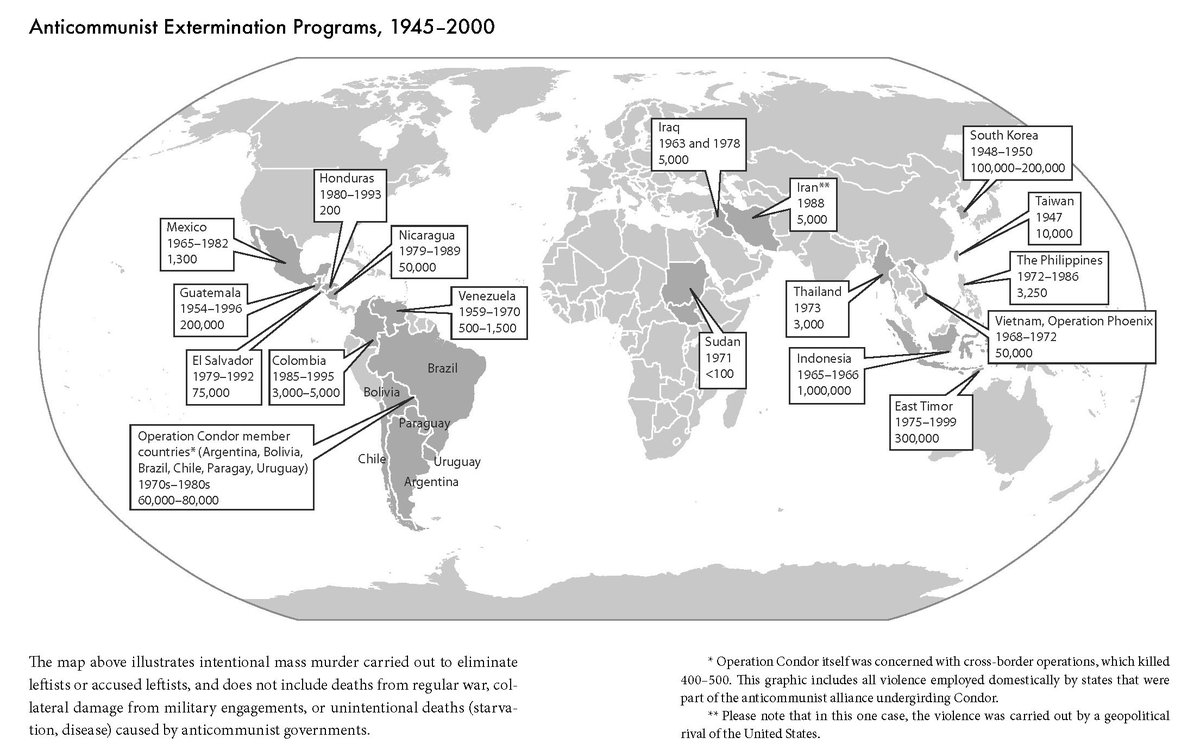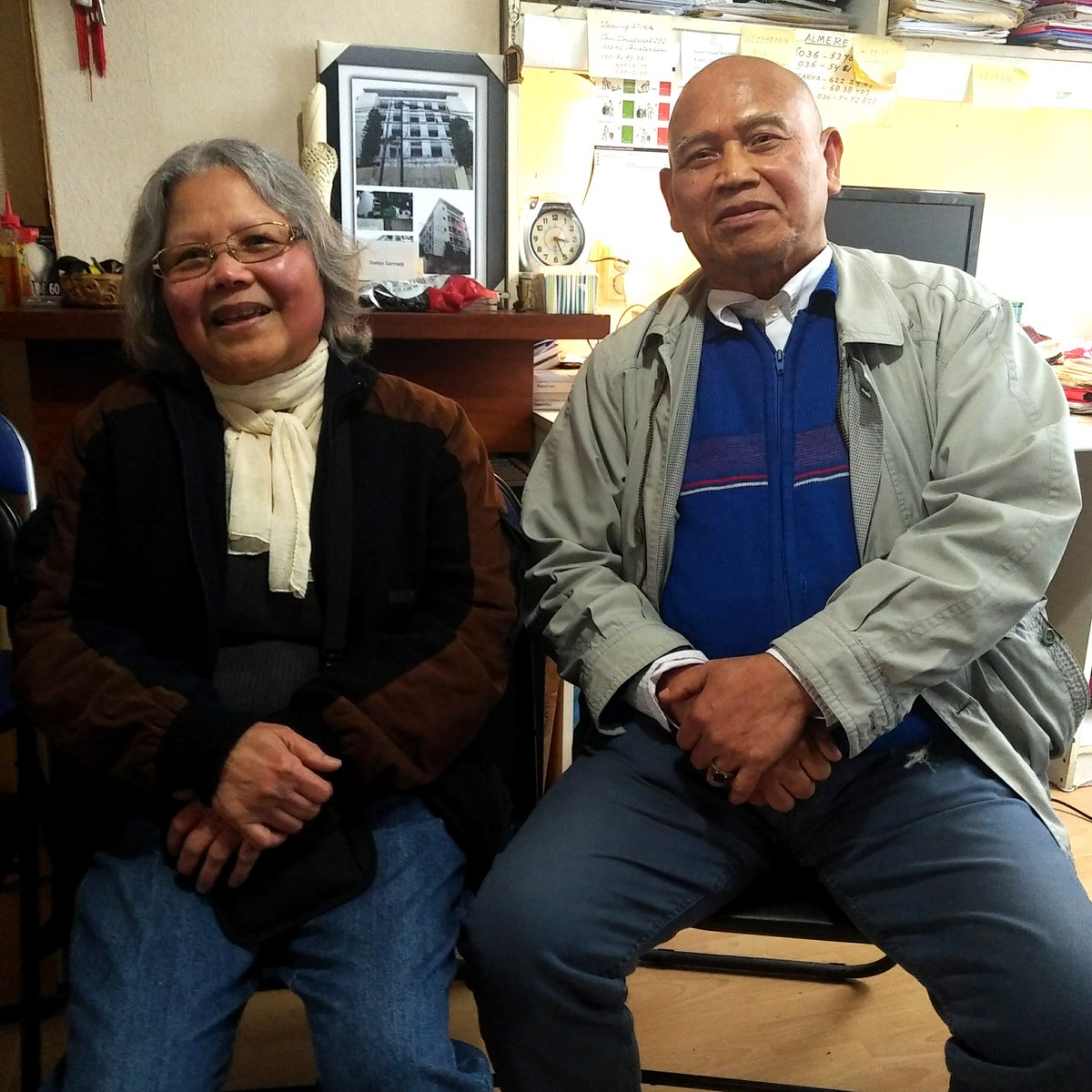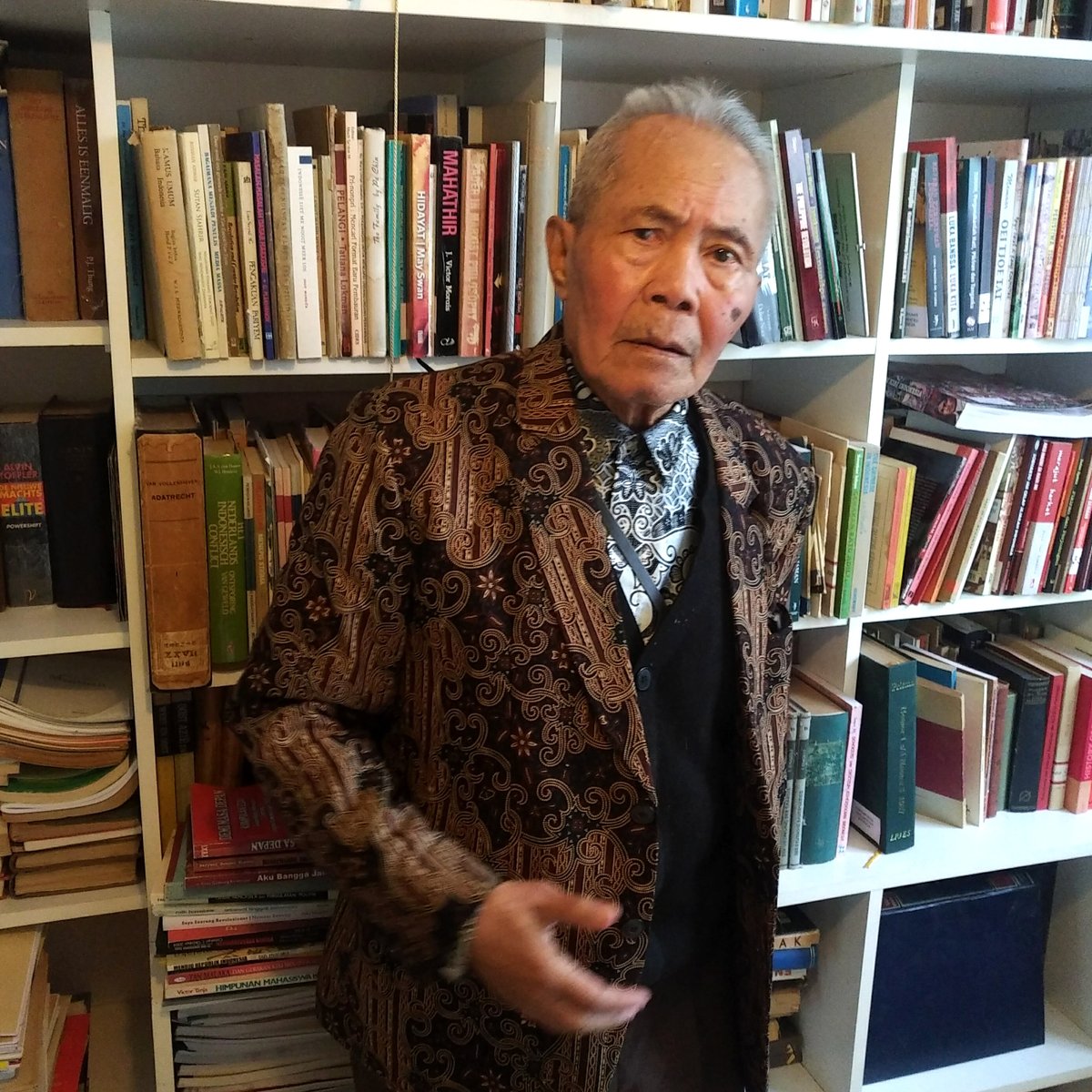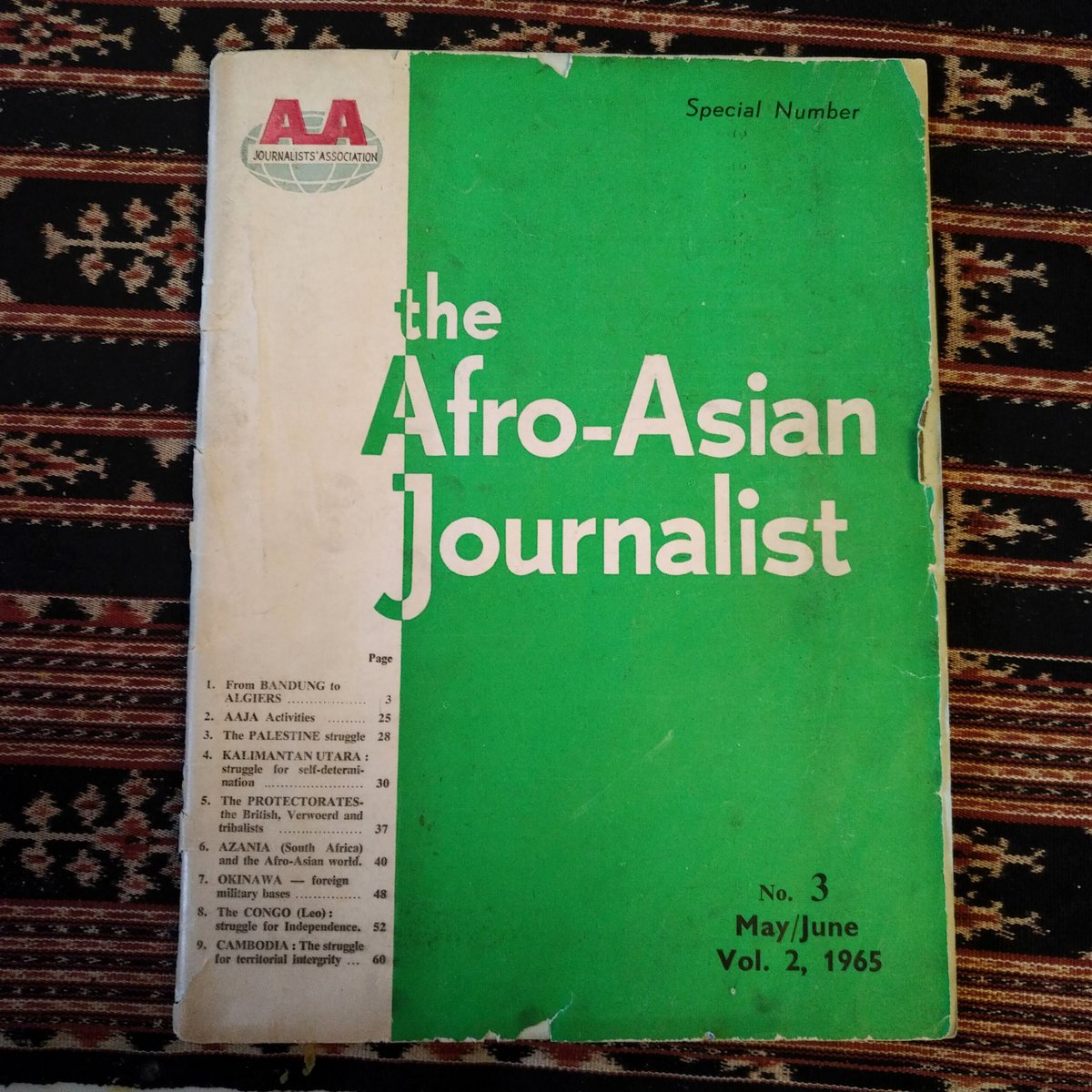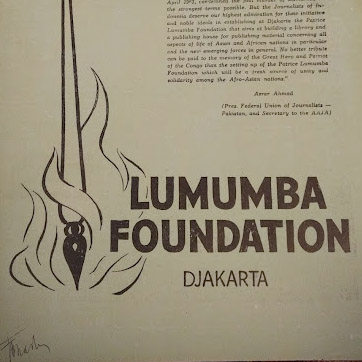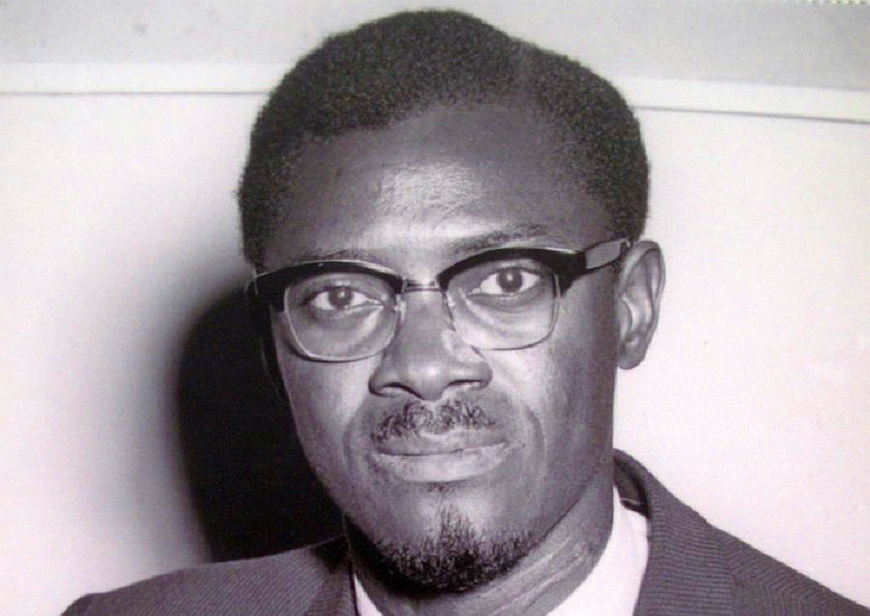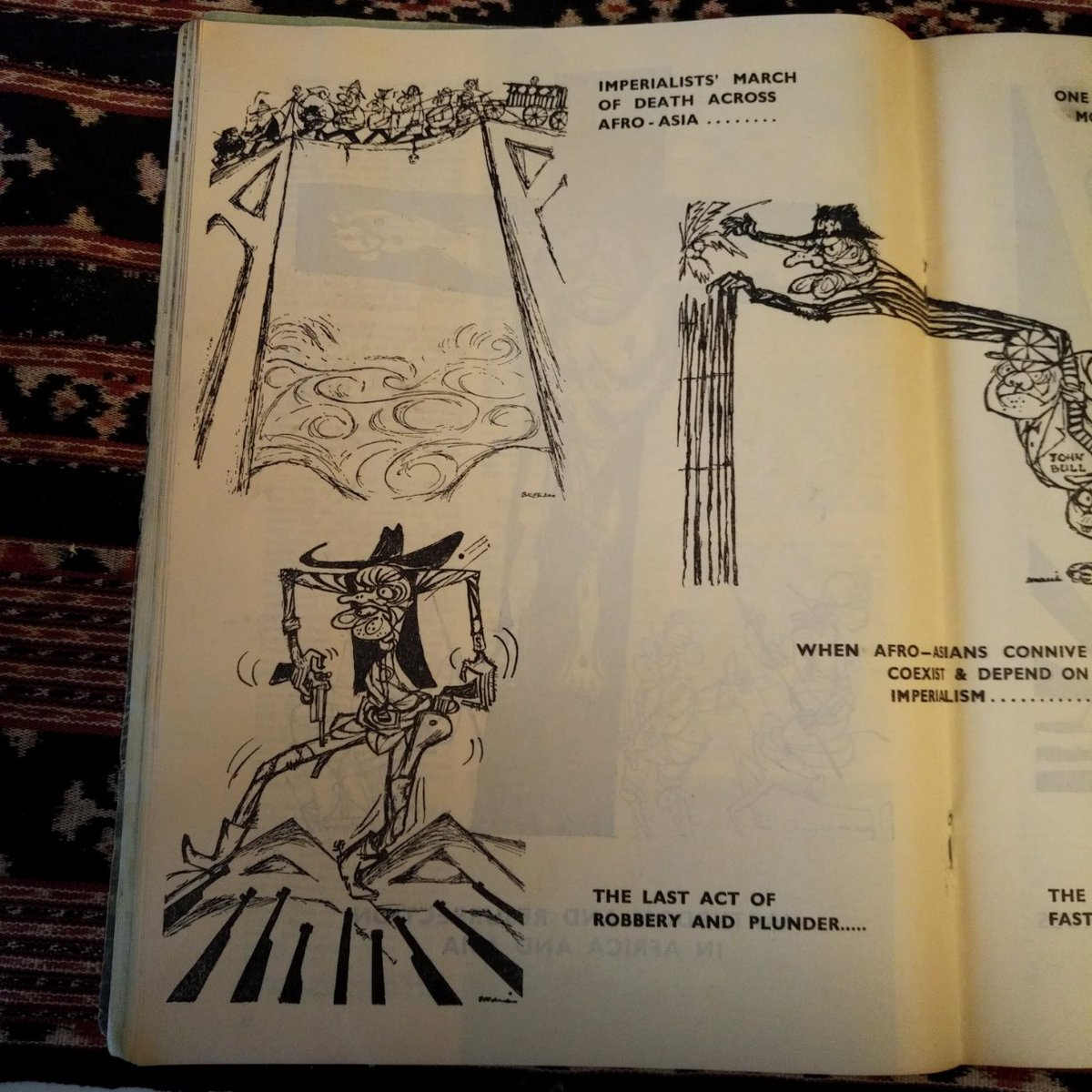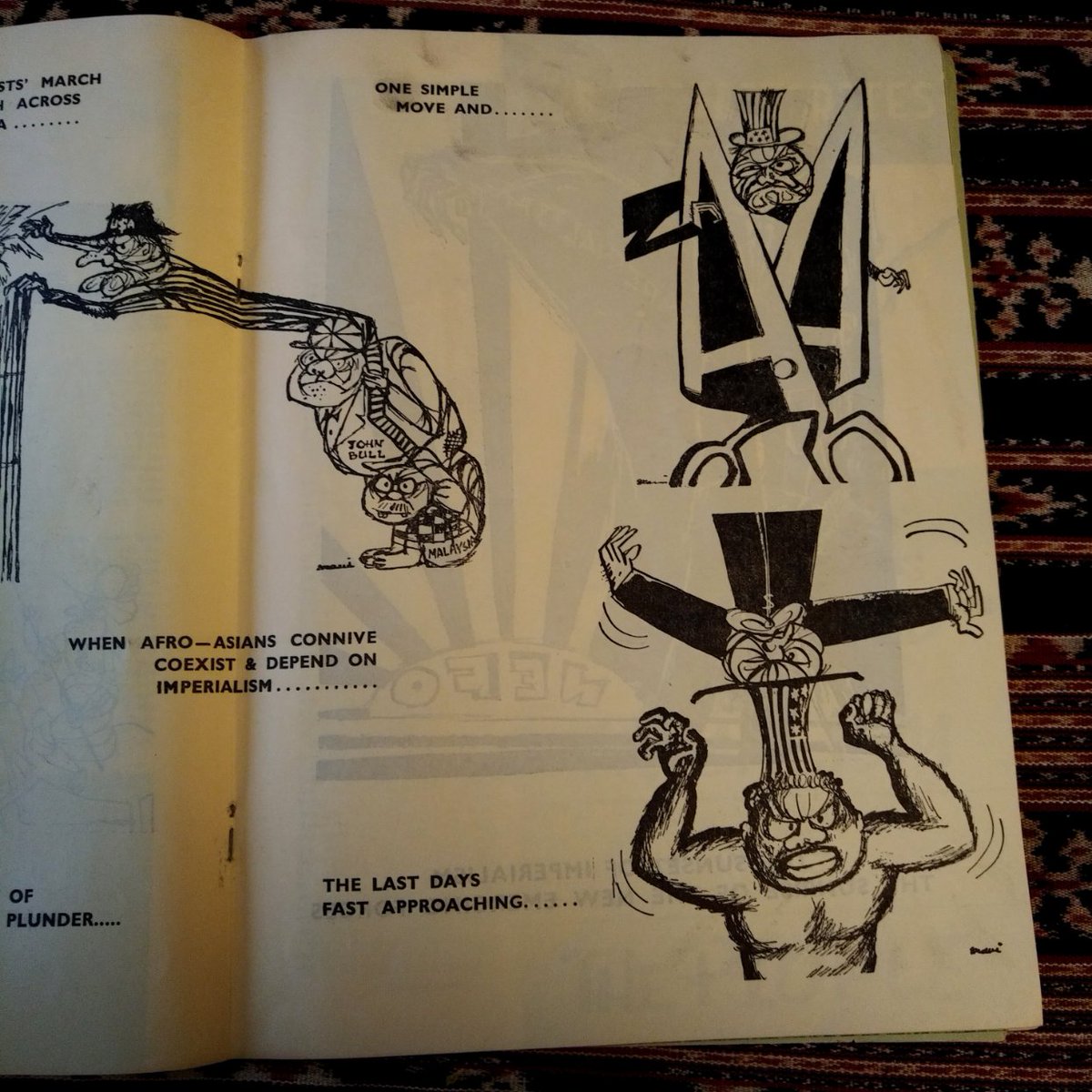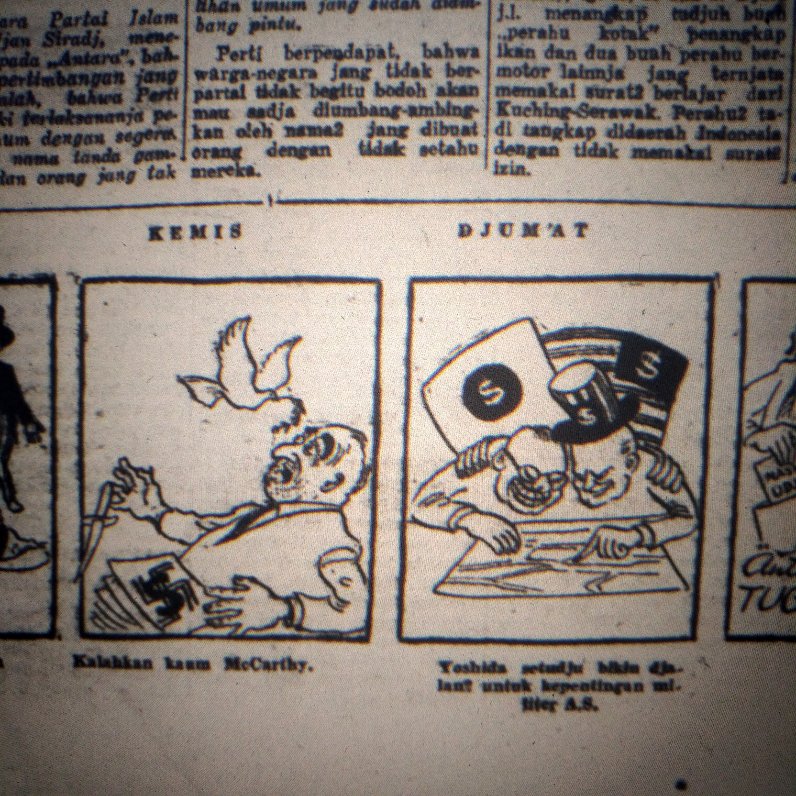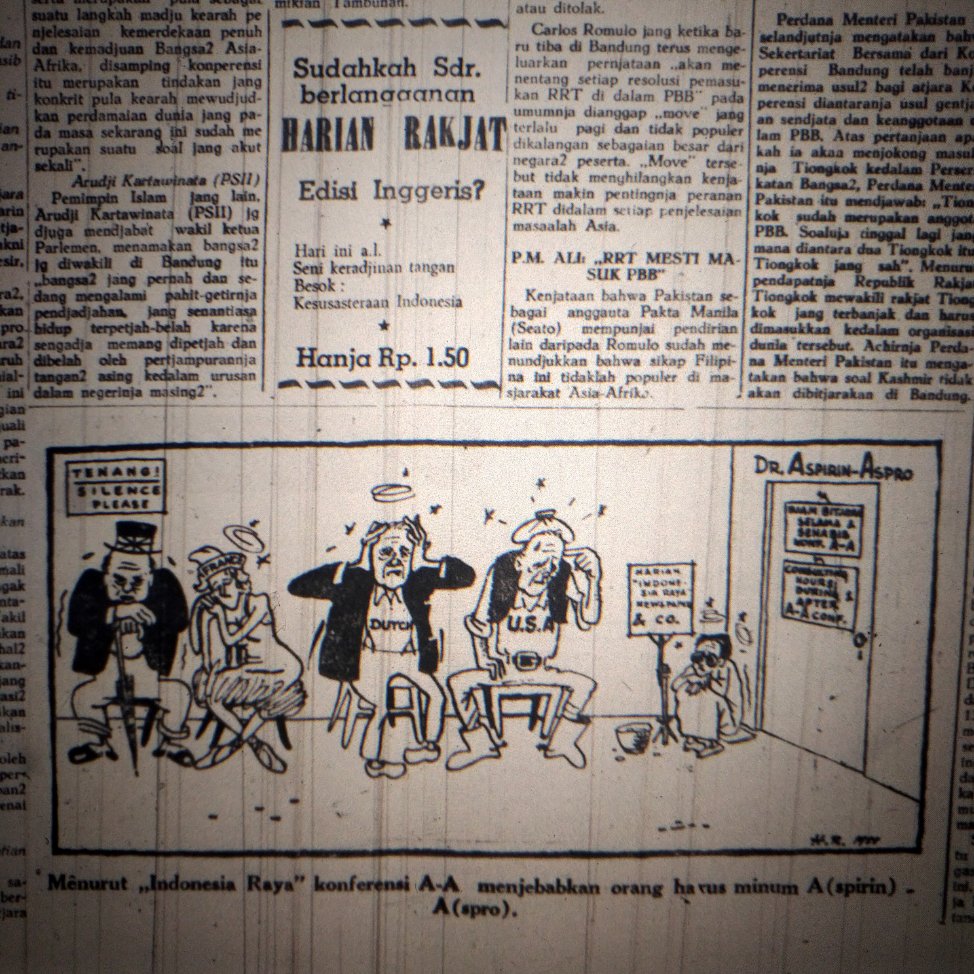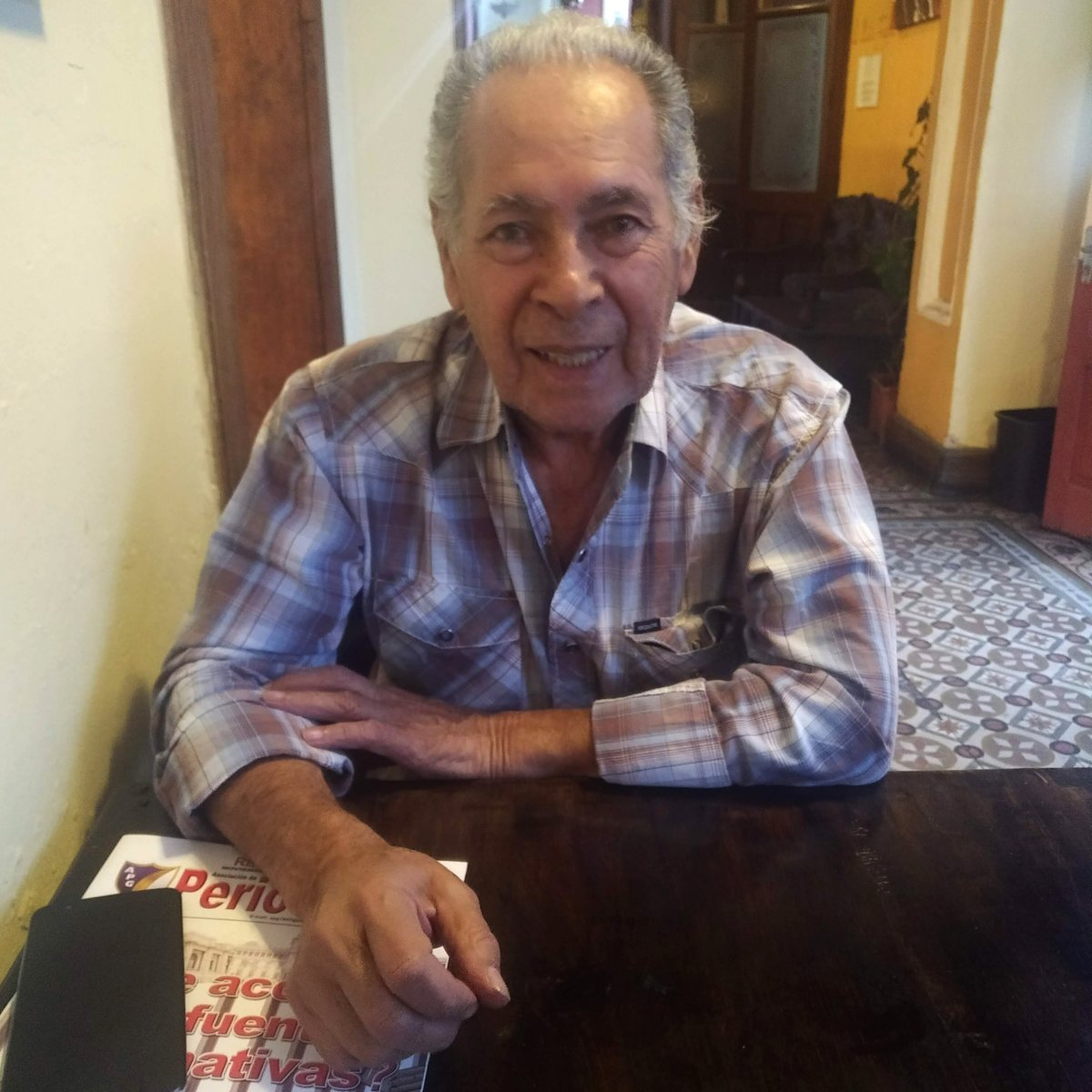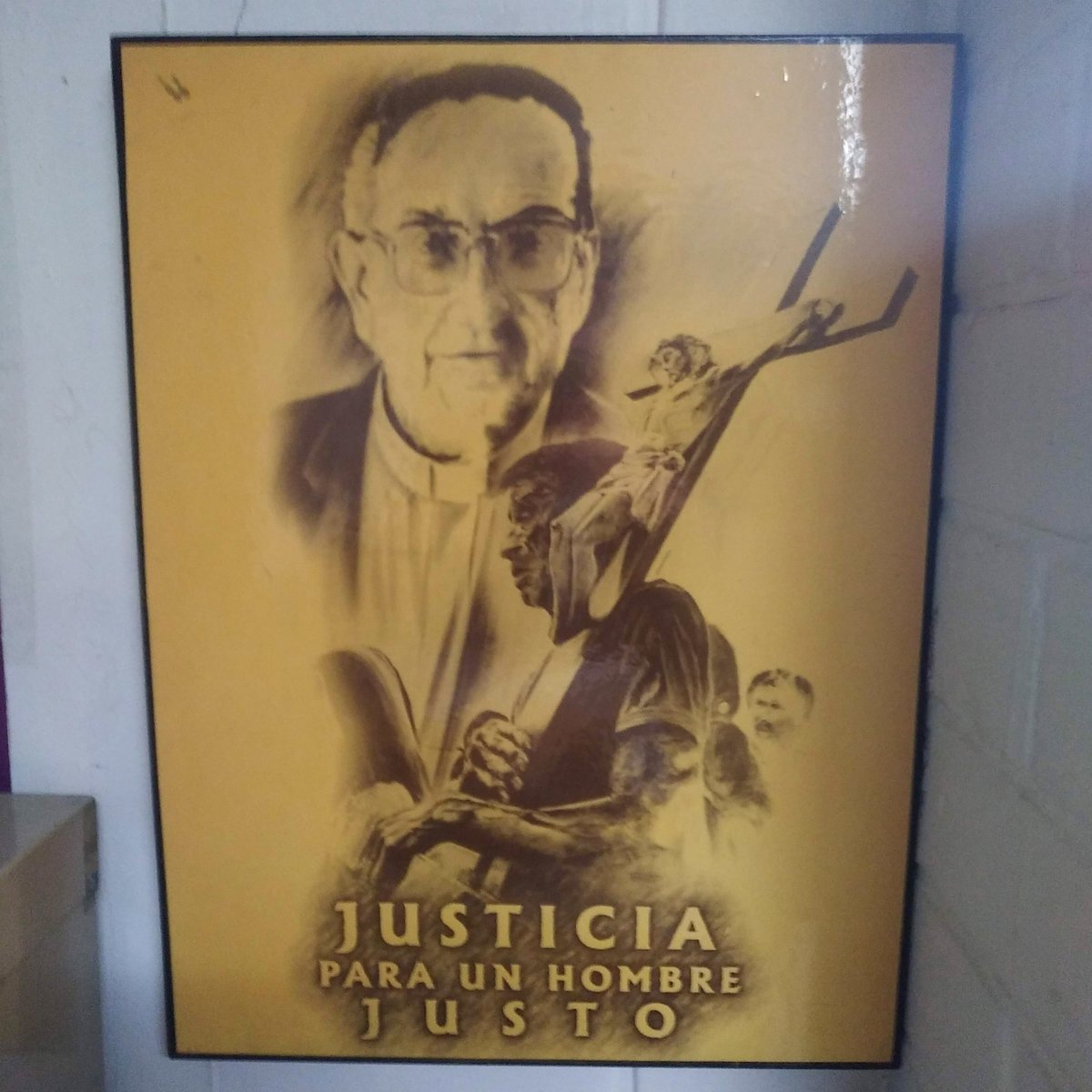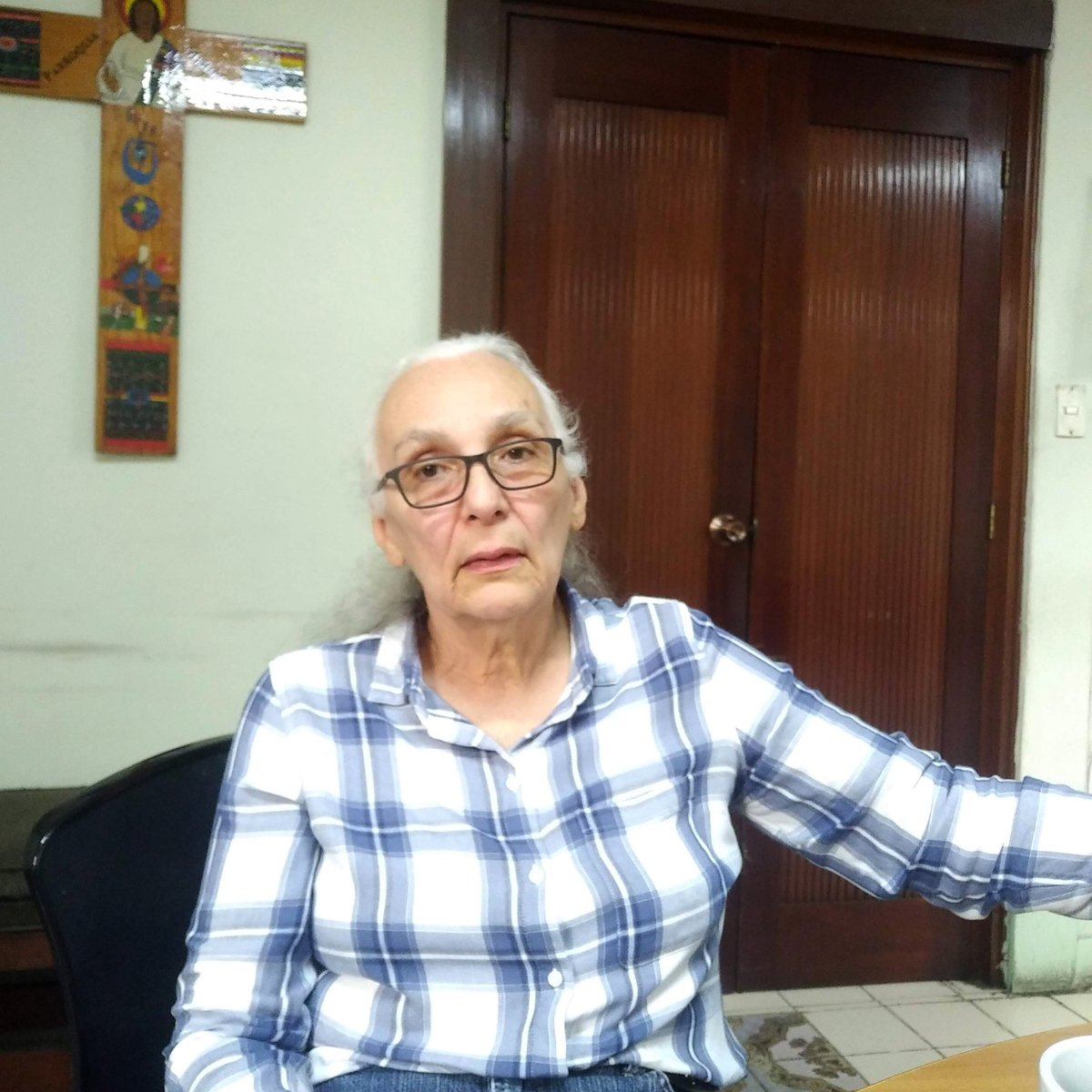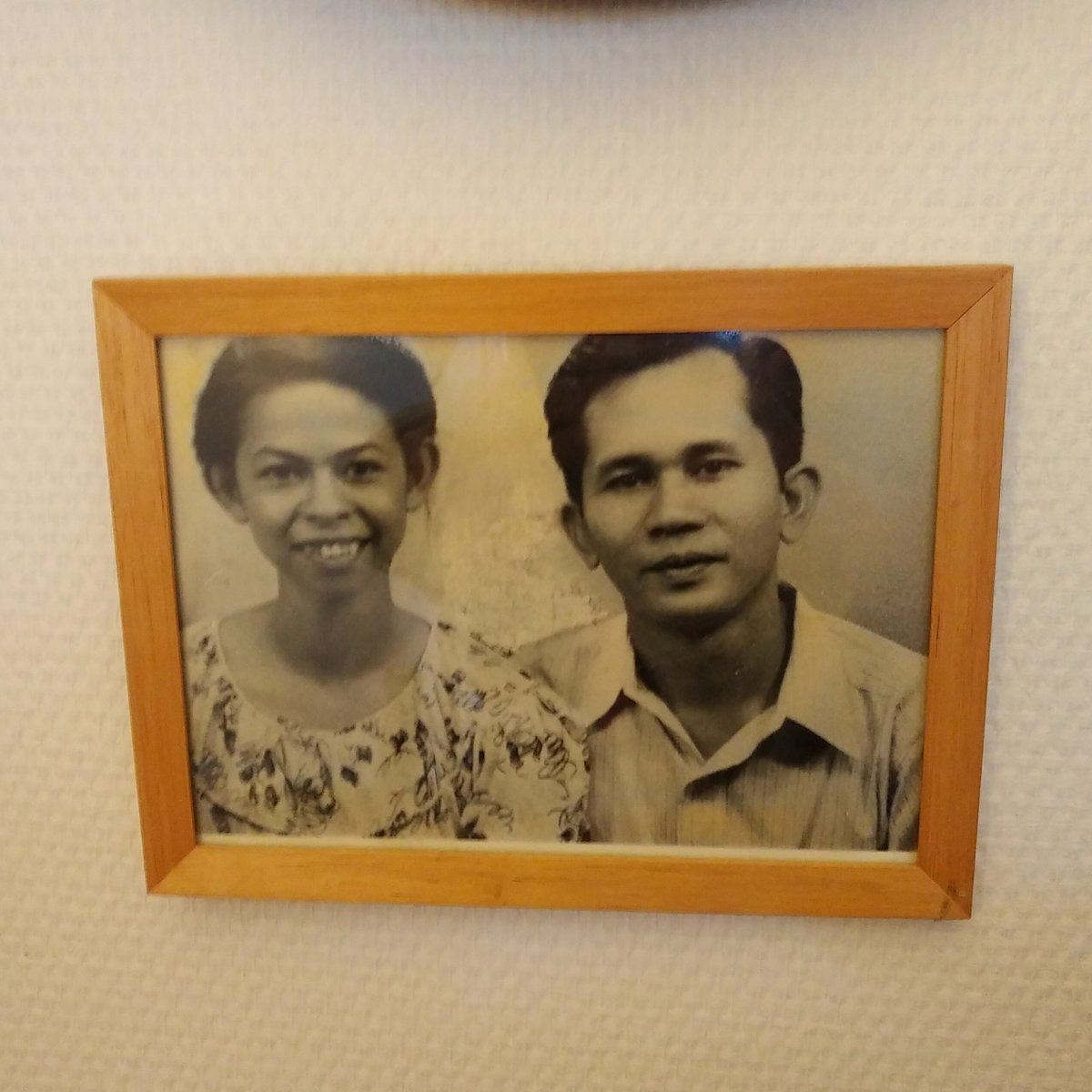I& #39;m very happy to report that my book is now available for pre-order (it& #39;s out on May 19th, with @public_affairs). I would genuinely appreciate it if you checked it out https://www.amazon.com/gp/product/1541742400?tag=hacboogrosit-20">https://www.amazon.com/gp/produc...
Here is the @HachetteUS page for my book, with links to buy it elsewhere. Or, you can request it at your local library or independent bookstore. You could help me out just by retweeting this thread. But I& #39;m sincerely grateful for any interest at all https://www.hachettebookgroup.com/titles/vincent-bevins/the-jakarta-method/9781541742406/?lens=publicaffairs">https://www.hachettebookgroup.com/titles/vi...
To report this book, I spoke to over 100 people in twelve countries. Before I started the interviews some experts said that many survivors, especially in Indonesia, would not want to talk. After decades, they were convinced nobody cared, and had given up on telling their story.
But after I explained the project, a global book written for the general public, they did want to participate. And I promised them I would do my best to get the word out. For that reason, I may promote this thing even more aggressively than most people with a book to sell.
Since the book has no photos, I& #39;ll post some images and other materials below (yes, in a shameless attempt at marketing - so feel free to mute this thread) - some of the people are in the book, others are just amazing individuals I met that helped me to shape it:
This is Sumiyati. As a girl she was a member of GERWANI, the Indonesian Women& #39;s Movement, in Central Java. Organized along feminist and socialist lines, GERWANI was one of the largest women& #39;s organizations in the world, until 1965. She has overcome things you could never imagine.
In 1982, the military came for Antonio Caba Caba& #39;s village. The US-backed Guatemalan dictatorship considered the Ixil Maya people communist, and therefore deserving of extermination. The survivors of the genocide rebuilt the town, and he is now a farmer and human rights advocate.
A concentration camp for leftist women. After the mass murder of 1965-1966 ended, another million people remained in prisons, confined only for their (real or alleged) political beliefs, as the US made Indonesia into an important ally. I was honored to get to know some survivors.
This is Ing Giok Tan, in São Paulo. In the early 1960s, many families fled (US-backed) anti-Chinese pogroms in Indonesia, to seek respite in Brazil. But of course, the Cold War meant that things did not stay calm here, either. She has become an engineer, and a frequent protester
Frank Wisner II, lifelong diplomat and former US Ambassador to India, the Philippines and Egypt. His father was in charge of CIA covert operations during the Agency& #39;s early years. I met with him, at his office in 30 Rockefeller Plaza, to talk about the family legacy
I met Carmen Hertz, @carmen_hertz, in Santiago de Chile. In 1972, during the government of Salvador Allende, she and her husband received a very threatening postcard. "Jakarta is coming," it said. Tragically, Jakarta did come, one year later.
This is Sunaryo. He was a full member of the Partai Komunis Indonesia, the world& #39;s largest communist party outside of the USSR and China. In 1965, his friends were killed and he was imprisoned. Here he is, now 75 years old, ready to ride home after one of our many interviews
The Jakarta Method has been finalized, and in spite of everything it went off to print. Here is the back cover:
Zuhair Al-Jezairy joined the influential Iraqi Communist Party in high school. Then in 1963, the Ba& #39;ath Party took power in a military coup. With US support, Ba& #39;athists (including Saddam Hussein) massacred the Iraqi communists, and took leftist students away from Zuhair& #39;s class
This is Magdalena, an important character in the book. She was not politically active, but worked at a t-shirt factory and was a member of the union. So in 1965, they took her away for a long time. She now lives in poverty in Solo, Indonesia.
And here is Hariyono Sugiyono Raharjo, who survived one of the most brutal right-wing dictatorships in history. Yes, he is wearing a "No Fear" hat
Josefina, an Ixil Maya. After the US-backed military marked her entire people as "communist," they came and annihilated her village. She is one of the brave survivors that rebuilt it. Now, for money, they have to send their children to work in the United States.
Madalena Vidal Soares - guerrilla codename Kasian - joined the East Timorese armed resistance just after Indonesia invaded in 1975. General Suharto, a major US ally, oversaw the annihilation of up to a third of Timor Leste& #39;s population. But in the end, Kasian emerged victorious
This is Sakono, one of the most important characters in the book. As a passionate young student in Central Java in the 1950s, he wanted to learn everything he could, about Sukarno and independence, capitalism and socialism, imperialism and Marxism
So despite everything my book is actually coming out, in 2 weeks! I lay out all the sales options here: http://vincentbevins.com/book .">https://vincentbevins.com/book"... But if you are in the US, you can pre-order, and help out struggling independent bookstores at the same time, at @Bookshop_Org: https://bookshop.org/a/3305/9781541742406">https://bookshop.org/a/3305/97...
This is Ivo Herzog. His father, Vladimir Herzog, may have been one of the few victims of Brazil& #39;s "Operação Jacarta" - that is, Operation Jakarta.
The response to Vladimir& #39;s death in 1975 changed the course of history here. But violent anticommunists have now returned to power.
The response to Vladimir& #39;s death in 1975 changed the course of history here. But violent anticommunists have now returned to power.
Nury& #39;s father was sent by Sukarno to be Ambassador to Cuba. When Suharto took power in 1965, they were stripped of their Indonesian citizenship. So Nury grew up in Havana, in a house that Fidel provided for her family. We did our interviews (and still chat on WhatsApp) in Spanish
Here is Wayan Badra, a priest and village leader in Seminyak, Bali. He fondly remembers studying under Communist teachers in the 60s. He also recounts the many times that he has taken the bones, that they still find buried under new beach hotels, and given them a Hindu funeral
I should be clear that while tragic things happened to many people in it, the book itself is not violent. I abhor works that exploit that kind of thing. It is the history of the bold Third World Movement, a world that could have been, how it was destroyed, and what comes next
And here is Benny Widyono, born Hong Lan Oei in Central Java. He is one the most inspiring people I ever met, and I can& #39;t even start to describe here what he did in his life
Depending on your perspective, Francisca may be the protagonist of this book. But to me, she is a hero. Born in 1926, she withstood Japanese invasion, helped end the Dutch empire, and took on a vital role in Sukarno& #39;s new Indonesia. On the right, with her husband Zain Nasution.
The song "Genjer-Genjer" was a beloved peasant anthem, and became a rallying cry for the Indonesian left. The US-backed dictatorship banned it for thirty years. Here is Bedjo Untung, a survivor of the 1965 violence and Suharto& #39;s concentration camps, playing it again.
The book is finally out - link in bio! - but I am going to keep adding photographs and materials to this thread. As I said earlier, feel free to mute it if it has gotten far too long. In the meantime, thanks for putting up with me so far. Here is Sukarno, and Vice-President Nixon
Pedro Blaset and Guillermo Castillo were serving in the Navy in the 1970s. Like most people where they grew up, they supported President Allende. So they were horrified to hear officers discussing a plan to literally exterminate the Chilean left. It was called "Plan Yakarta."
Here is a photo of Magdalena as a young woman. Her story is in the book, and she features prominently in the New York Review of Books excerpt published on Monday. Magdalena was a factory worker, and a union member, and then she was imprisoned for doing absolutely nothing wrong.
In 1965, there were Indonesians living all around the world. Yarna Mansur and Gde Arka were studying in Moscow. When Suharto took over, they didn& #39;t want to declare allegiance to the new dictator. So like thousands of others, they lost their citizenship, and were stranded abroad.
Sarmadji was in Beijing in 1965, so he got stuck in China. The story of the destruction of the Indonesian communists played a major role in Mao& #39;s Cultural Revolution, which started in 1966. Sarmadji lived through all that, before settling in Amsterdam, and building this library
The Afro-Asian Journalist was founded in Indonesia, after Sukarno brought the postcolonial world together at the 1955 Bandung Conference. They published reports from all over the (Third) world, and Francisca worked there as a translator. That cover design may look familiar
The Afro-Asian Journalist was published by the "Lumumba Foundation," named after the first African leader of the Congo. The CIA tried to poison Patrice Lumumba, but that plan fizzled. Soon after, the CIA-backed Mobutu had him captured and murdered. He became a martyr worldwide.
These are illustrations from the Afro-Asian Journalist, and from Harian Rakyat. They usually depicted the postcolonial world rising up heroically against the white imperialists, whom they often portrayed as bumbling fools
Miguel Ángel Albizures was nine when the US toppled President Árbenz in 1954. He never forgot the sound of bombs exploding near his school one morning. Decades later Guatemala was still in chaos, and he had to flee death squads that wanted to "disappear" him for union organizing.
Image of Father Óscar Romero, a common sight throughout Central America. In 1980, he was killed while saying mass, for speaking out against El Salvador& #39;s dictatorship. The death squad leader that ordered his murder had trained at the School of the Americas in the United States.
I asked Clara Arenas, at the Asociación para el Avance de las Ciencias Sociales en Guatemala, if "imperialism" is the right word to describe US behavior in Central America during the Cold War. Easy. Yes, she said. What about now, I asked. Still easy. Same answer.

 Read on Twitter
Read on Twitter